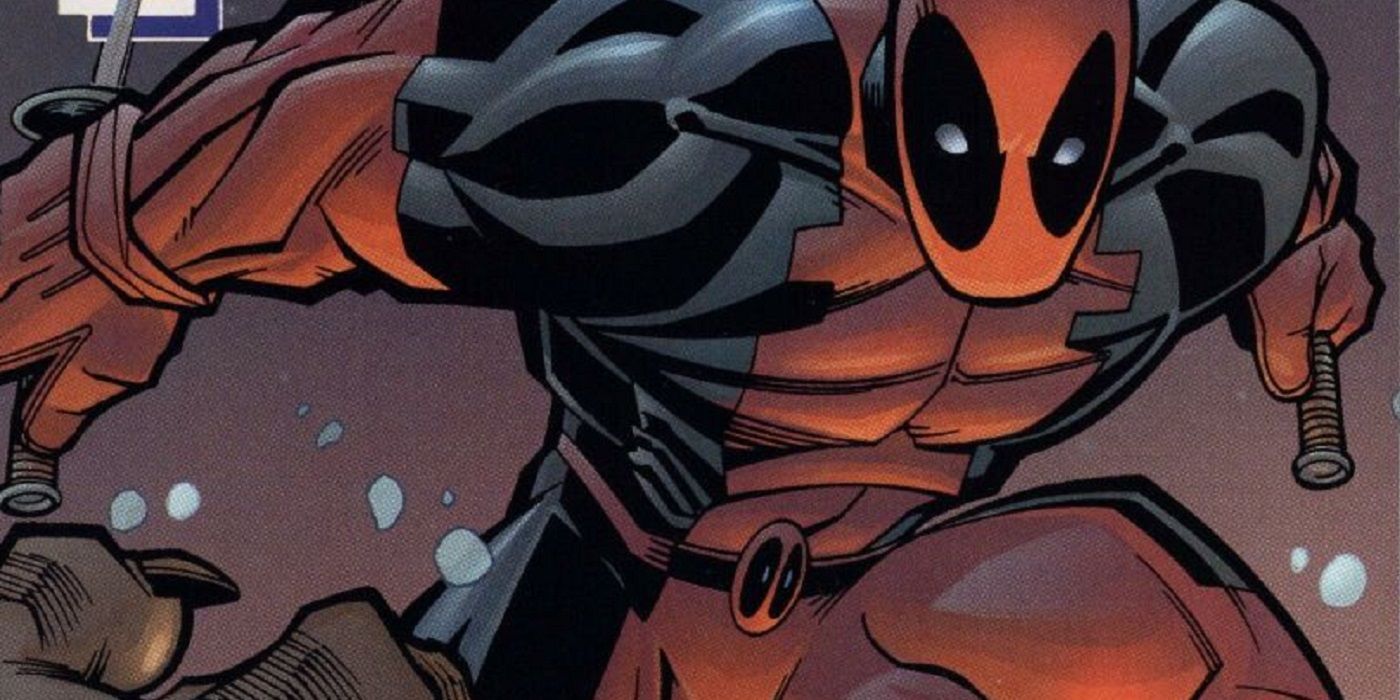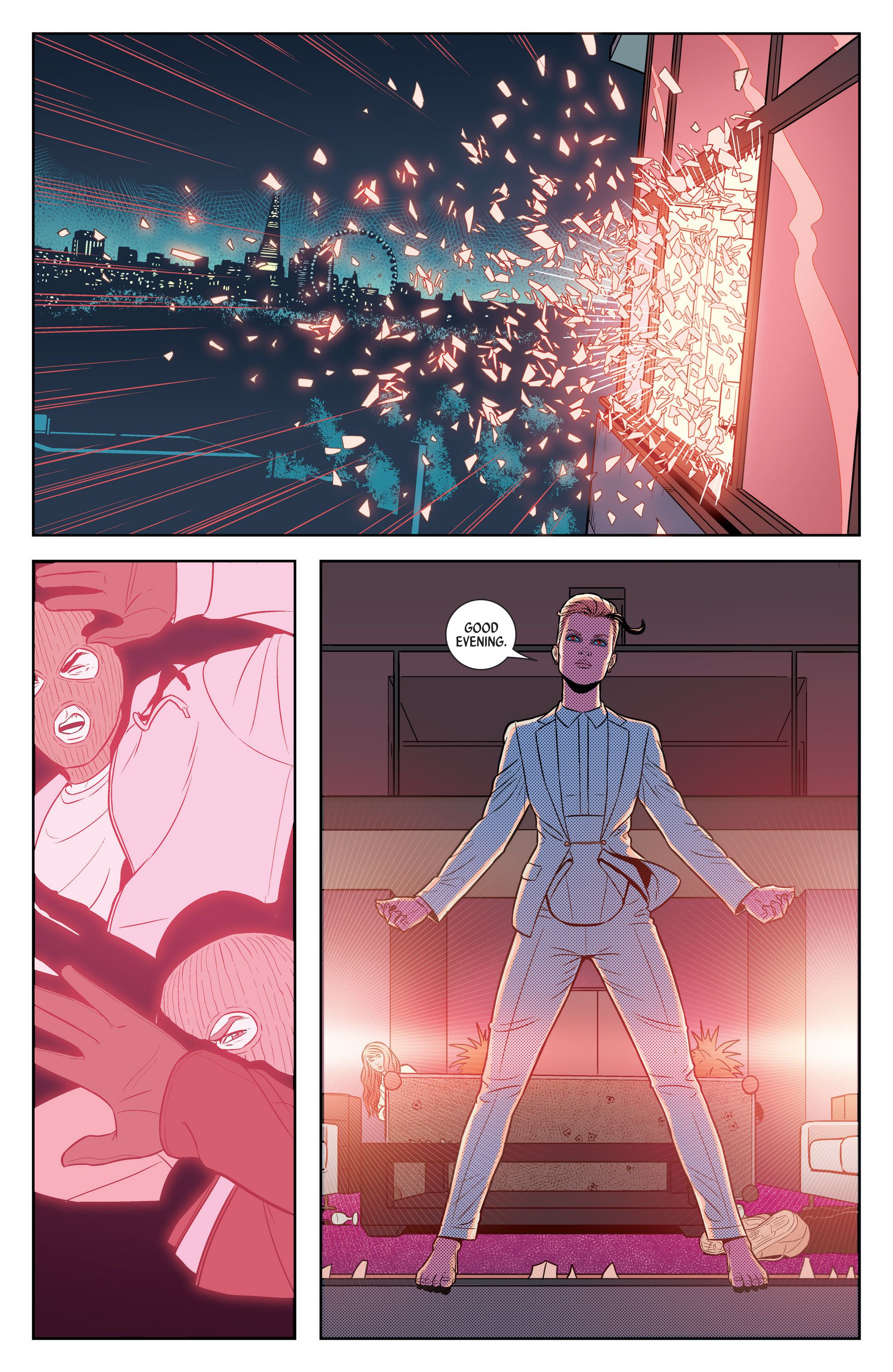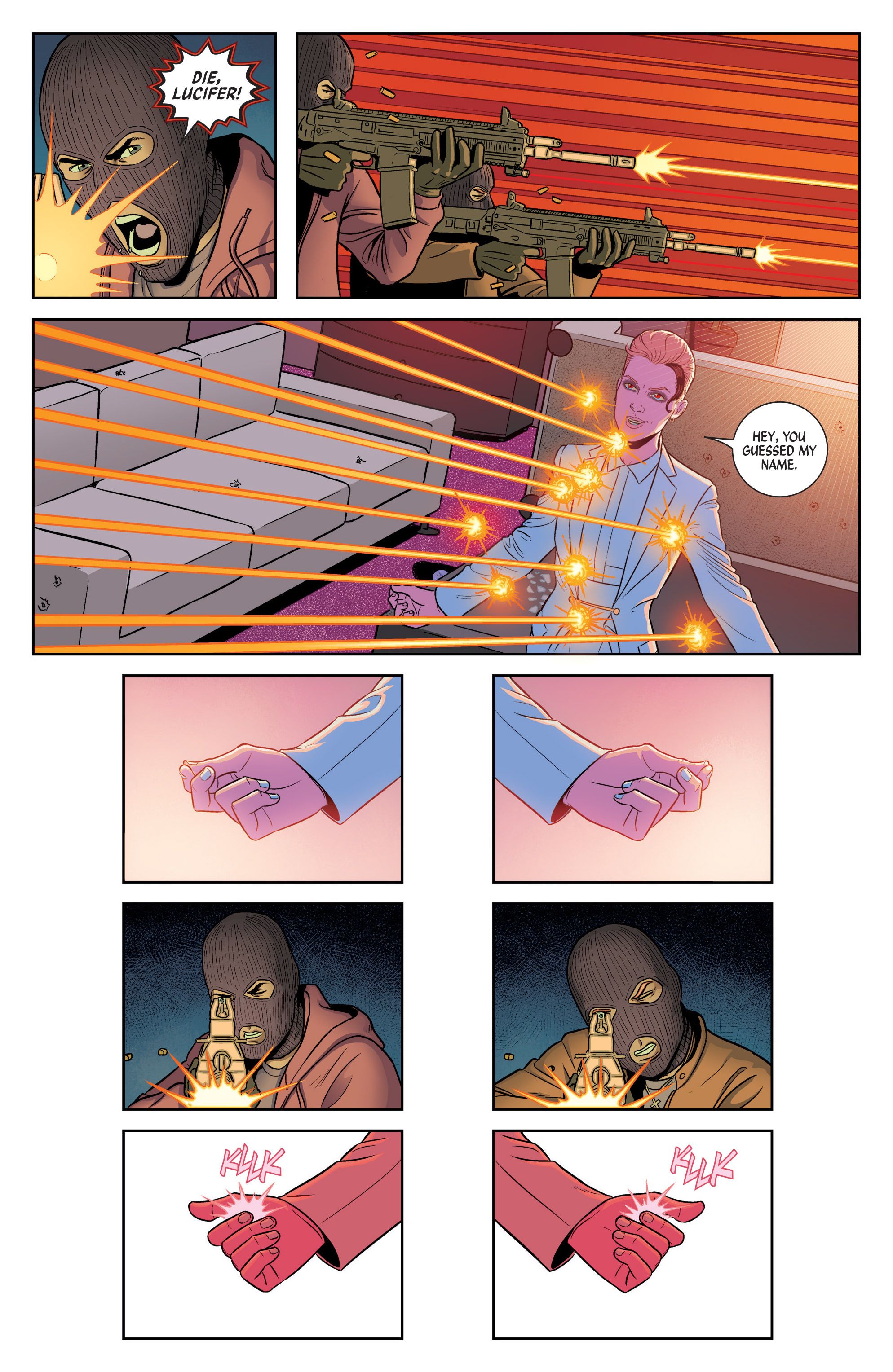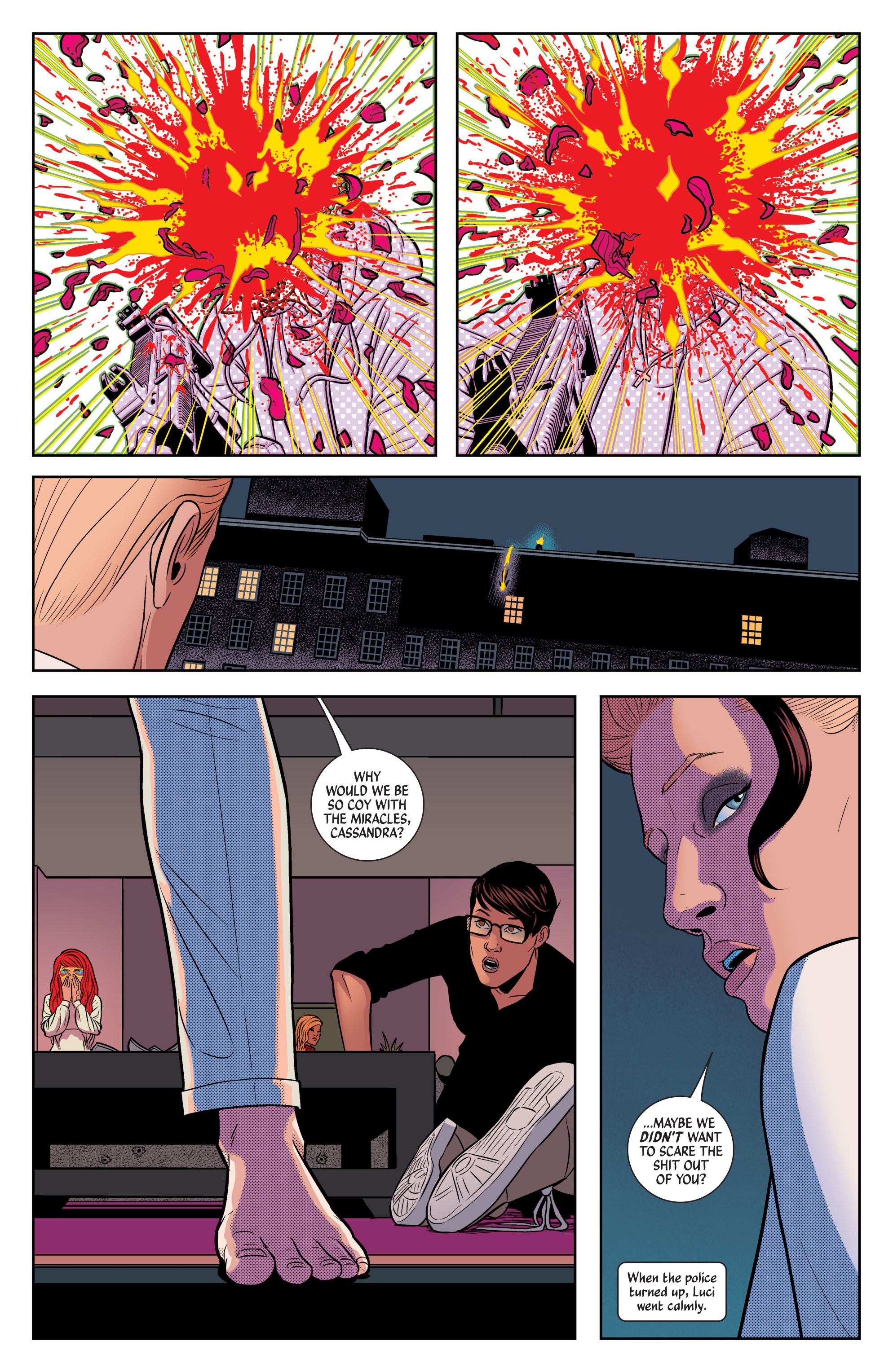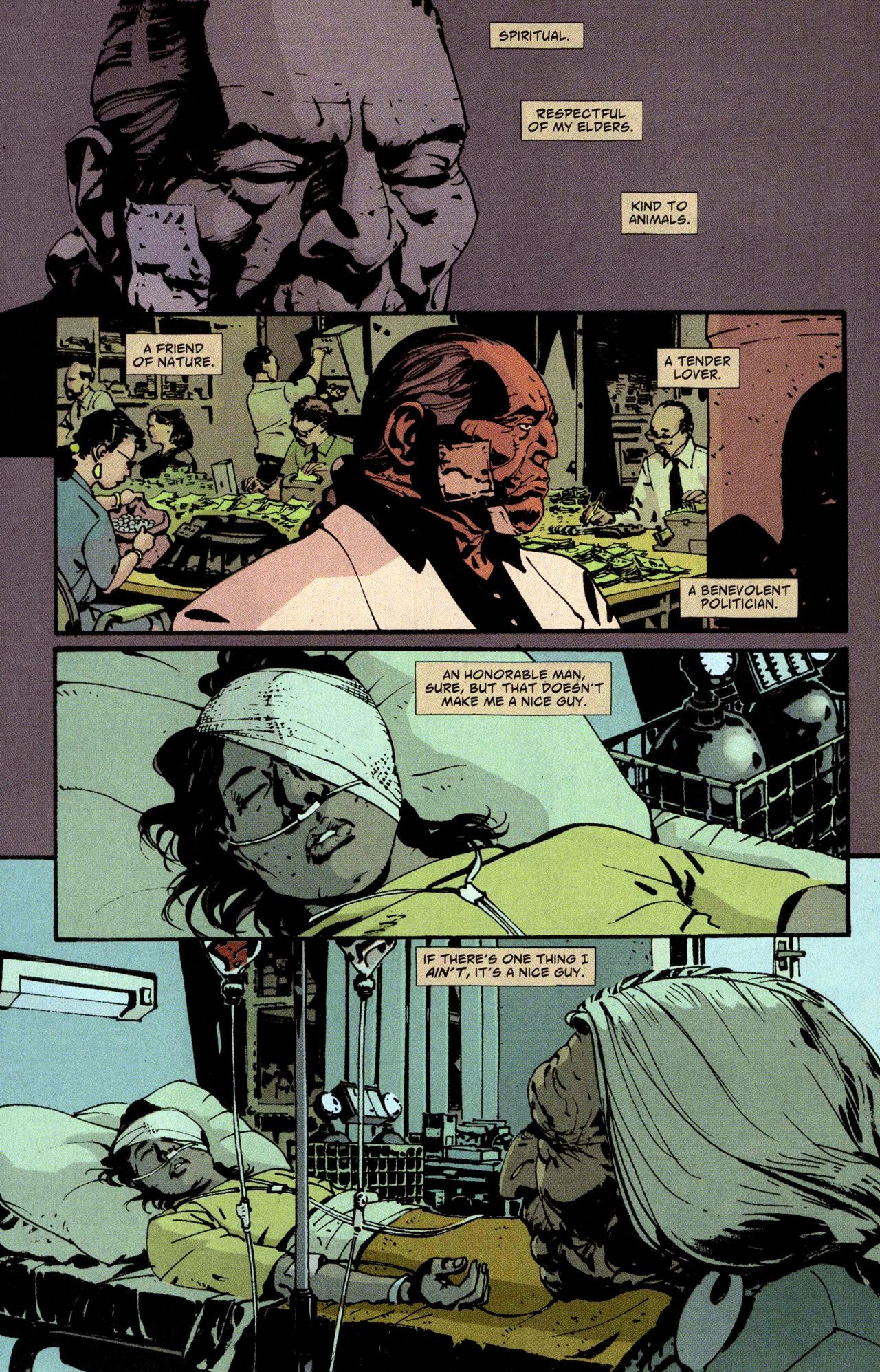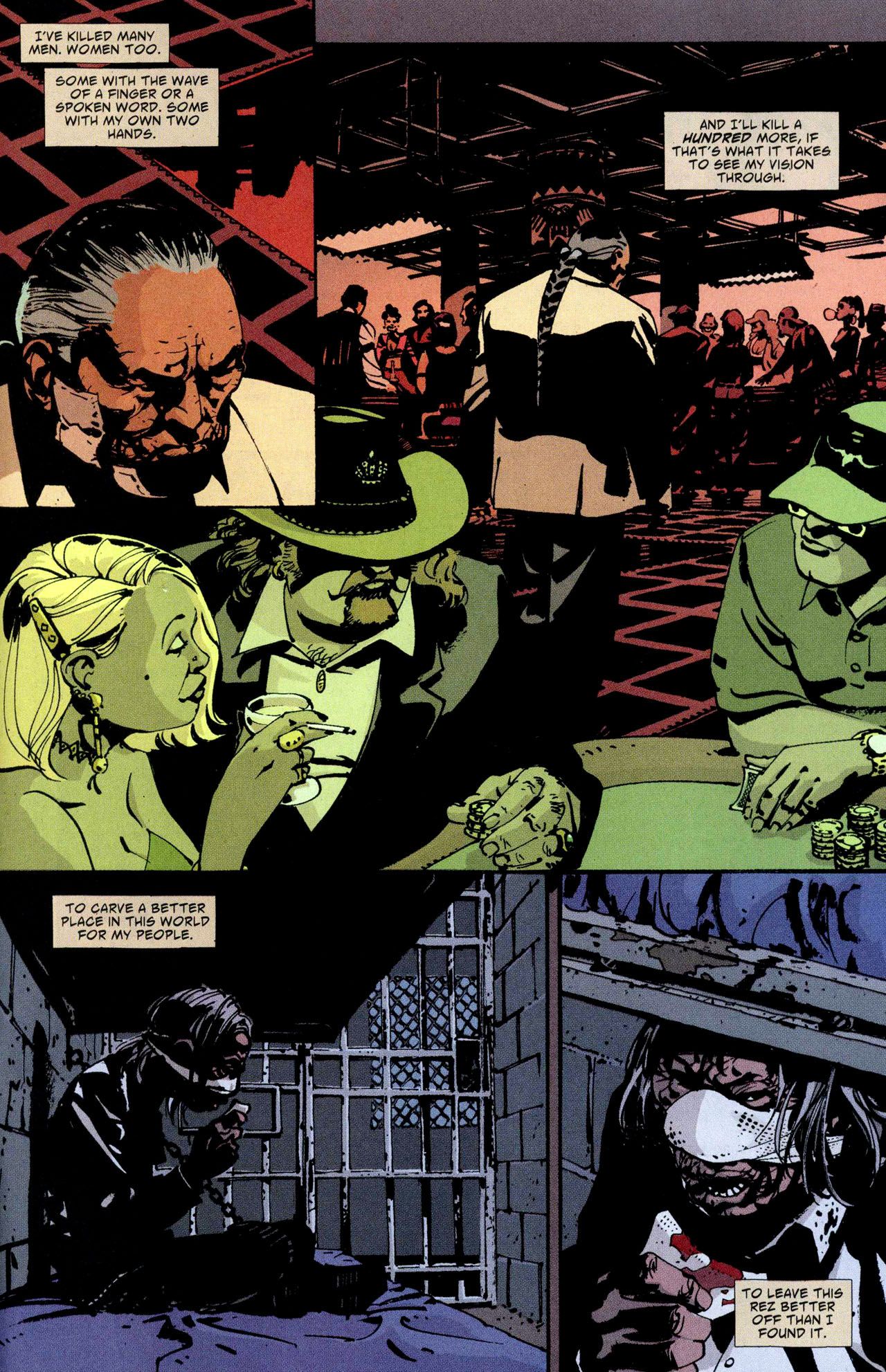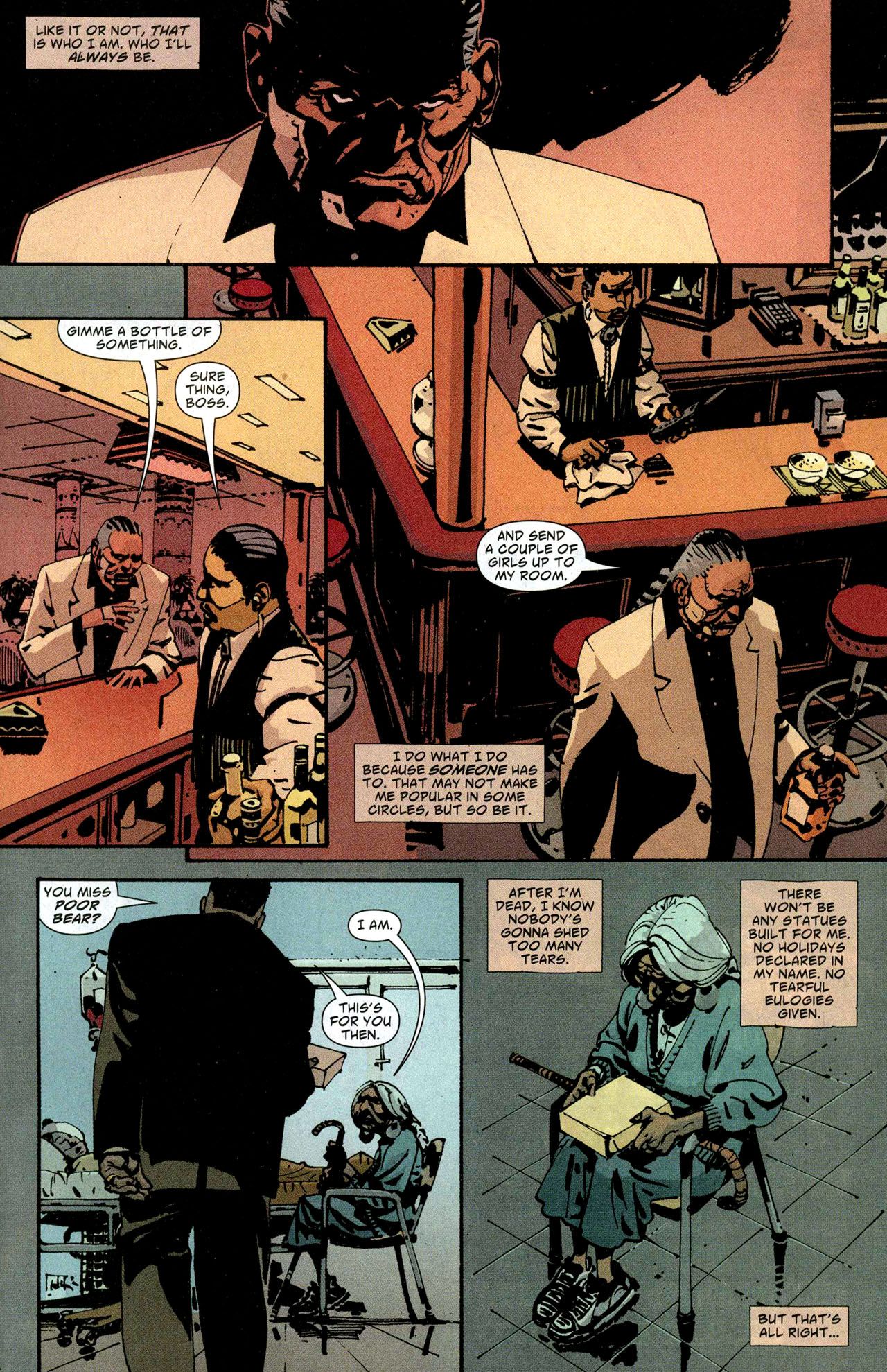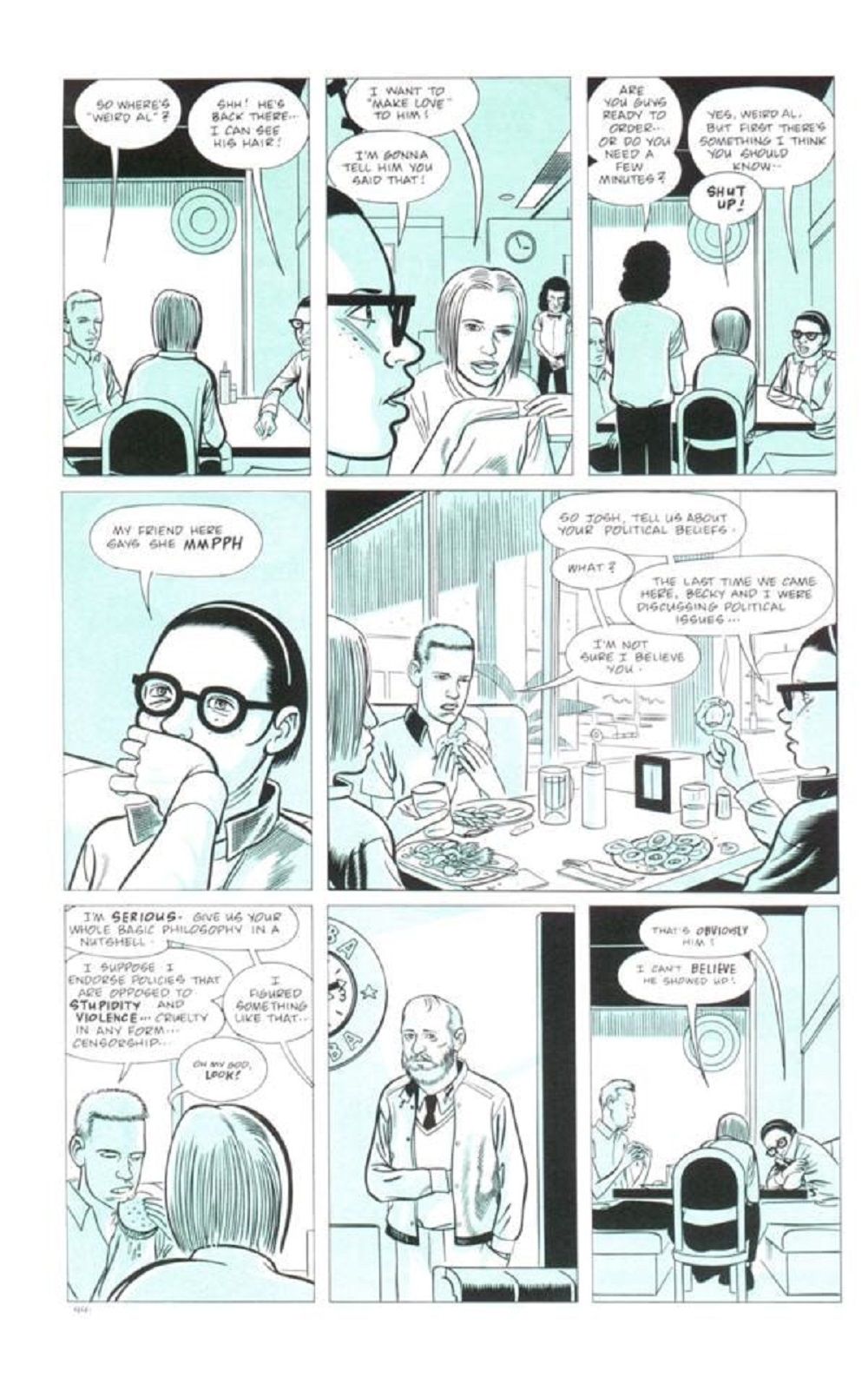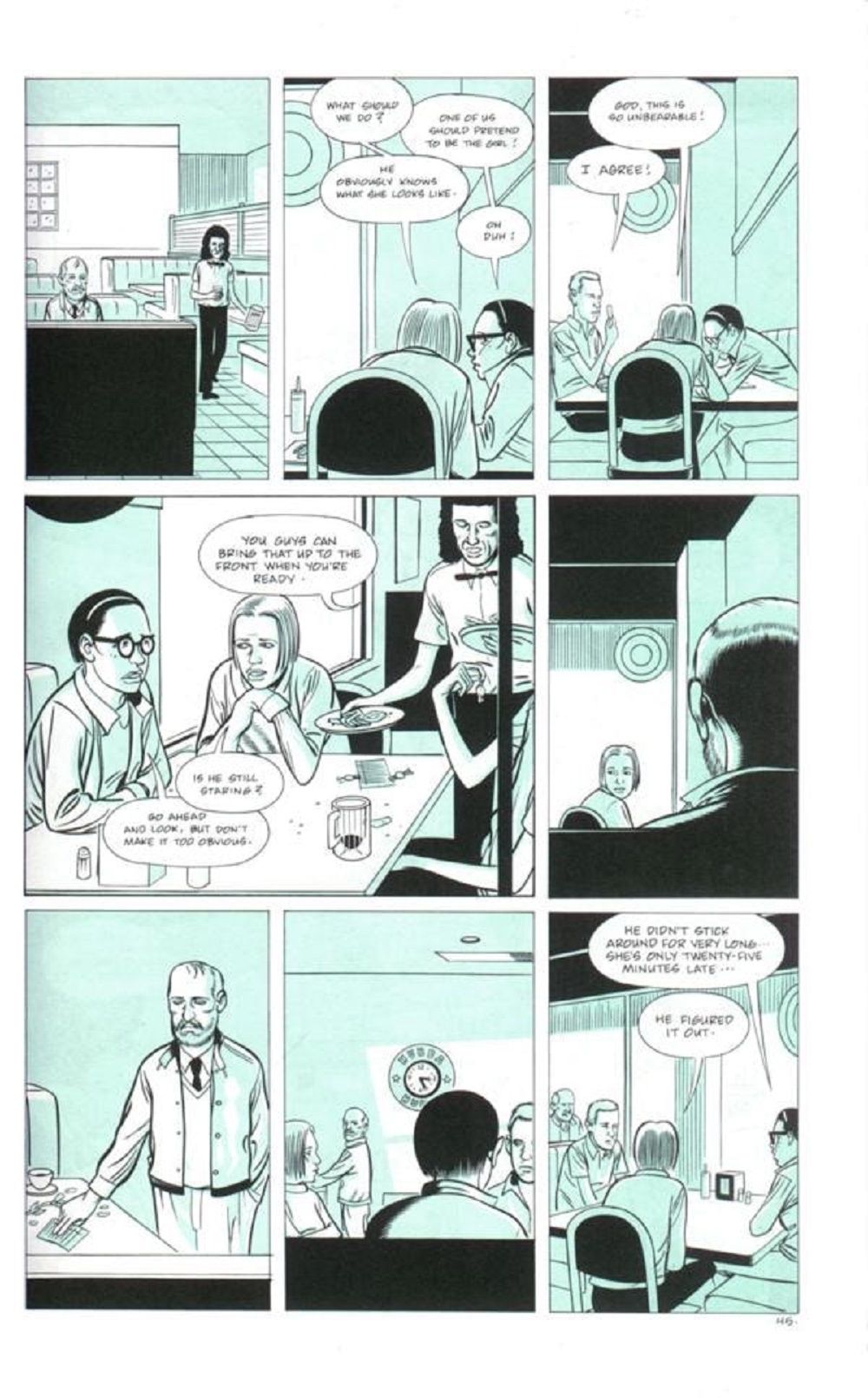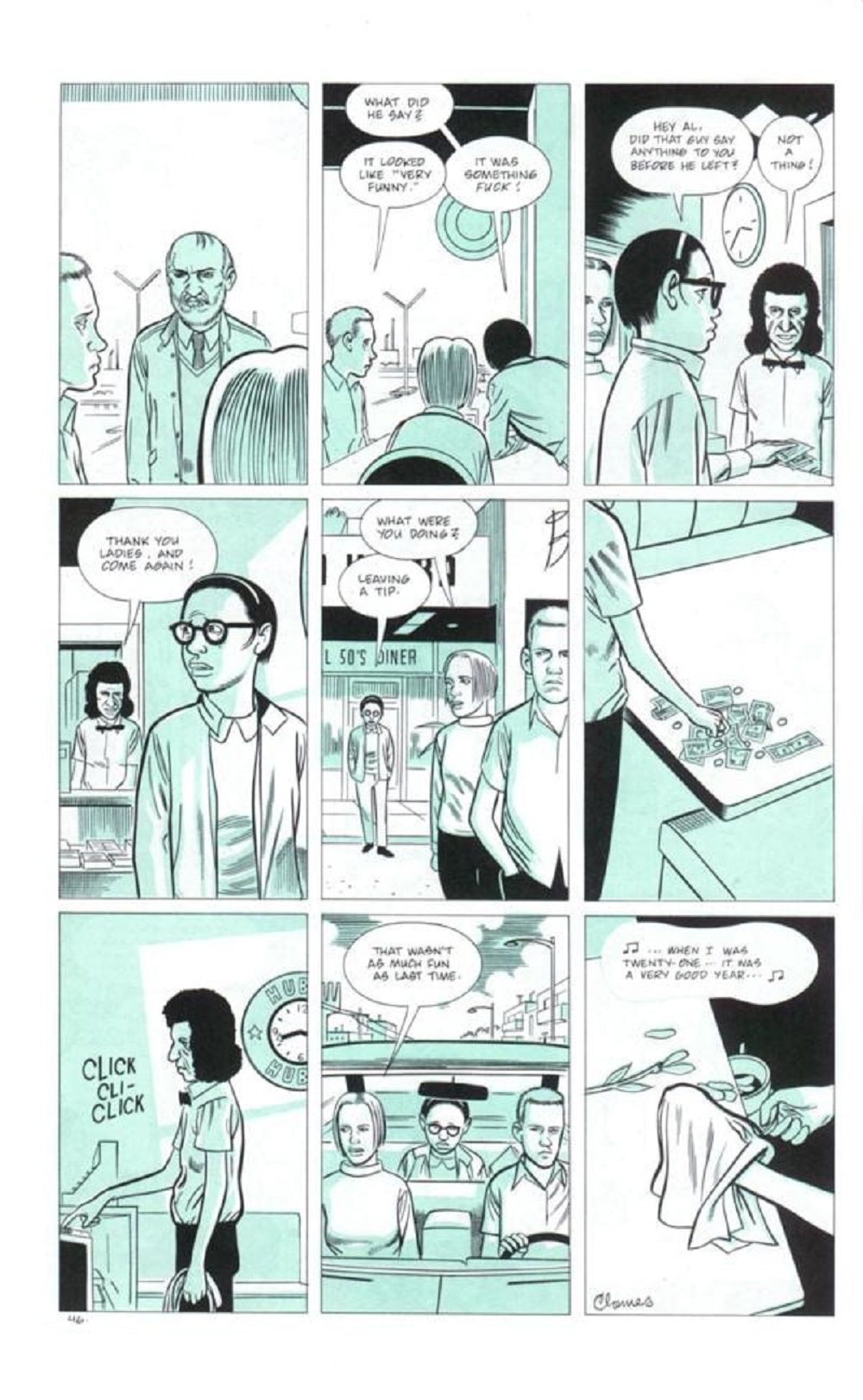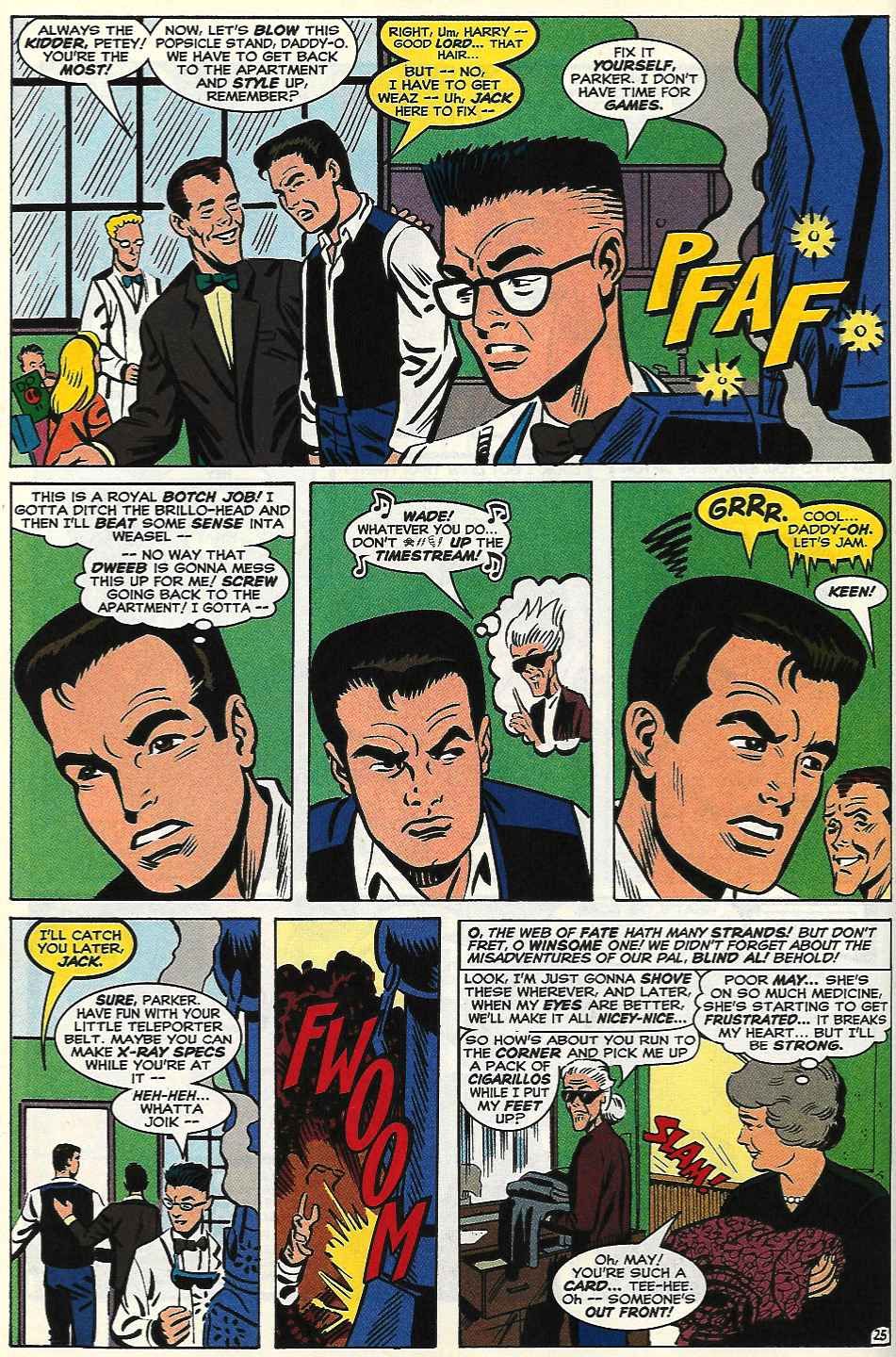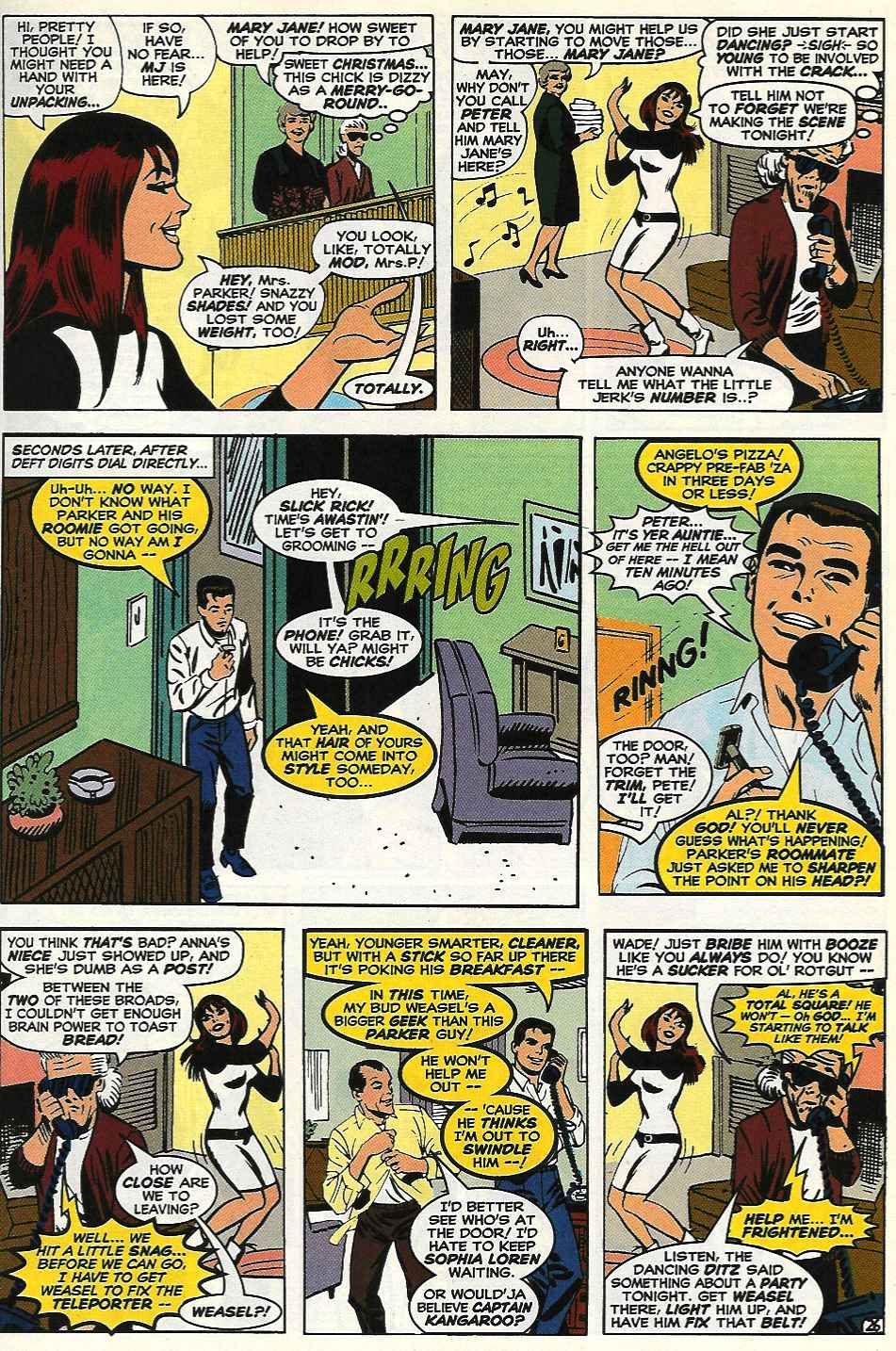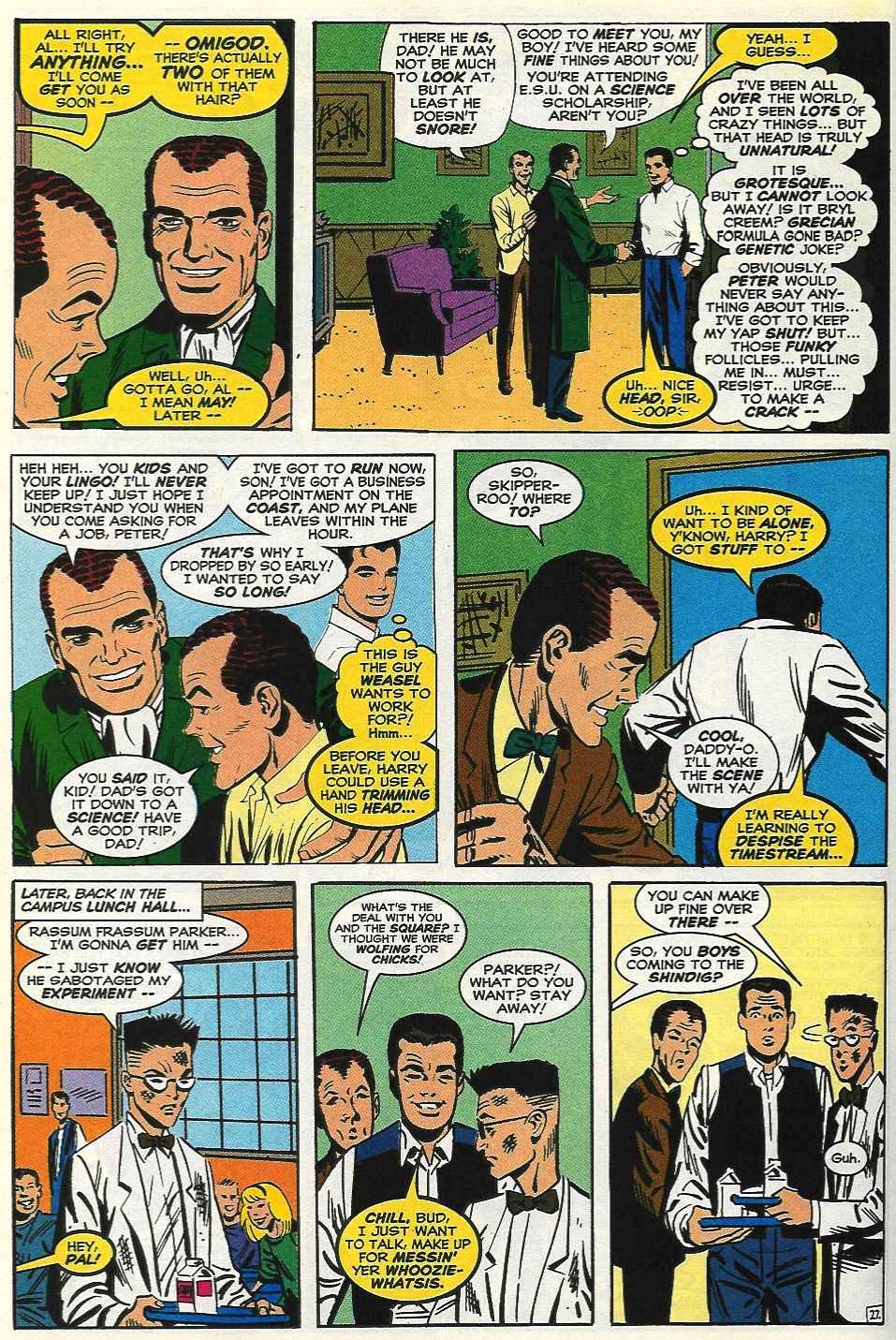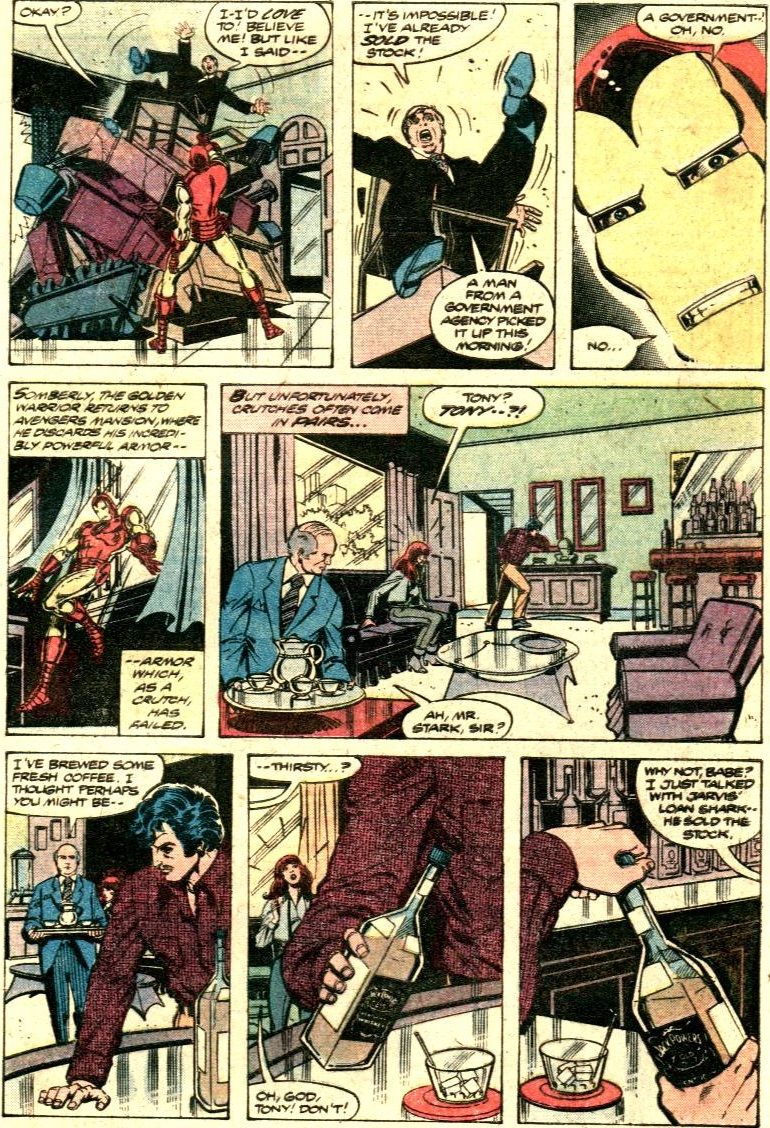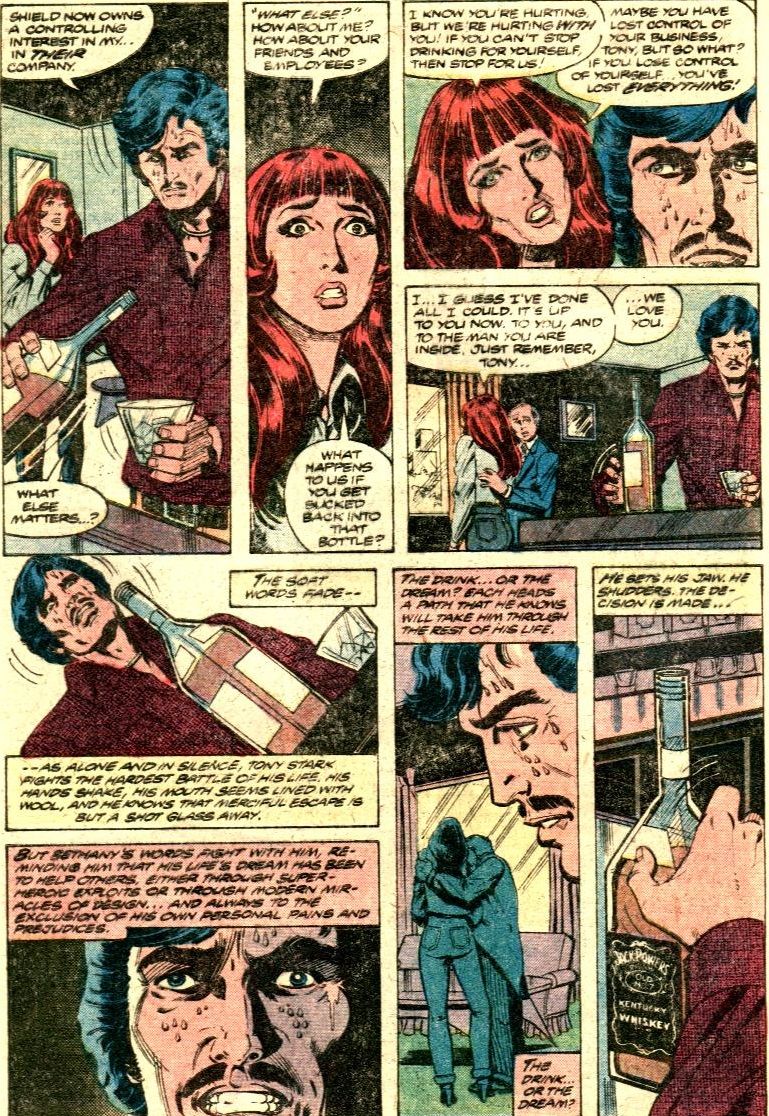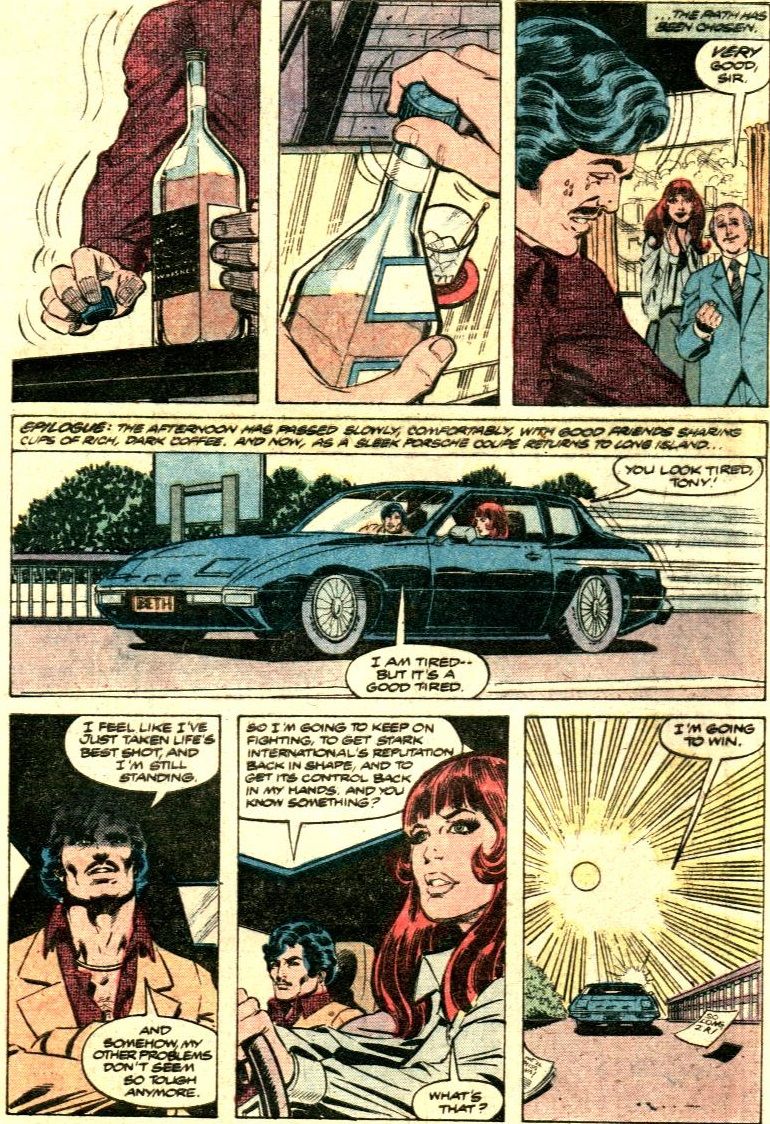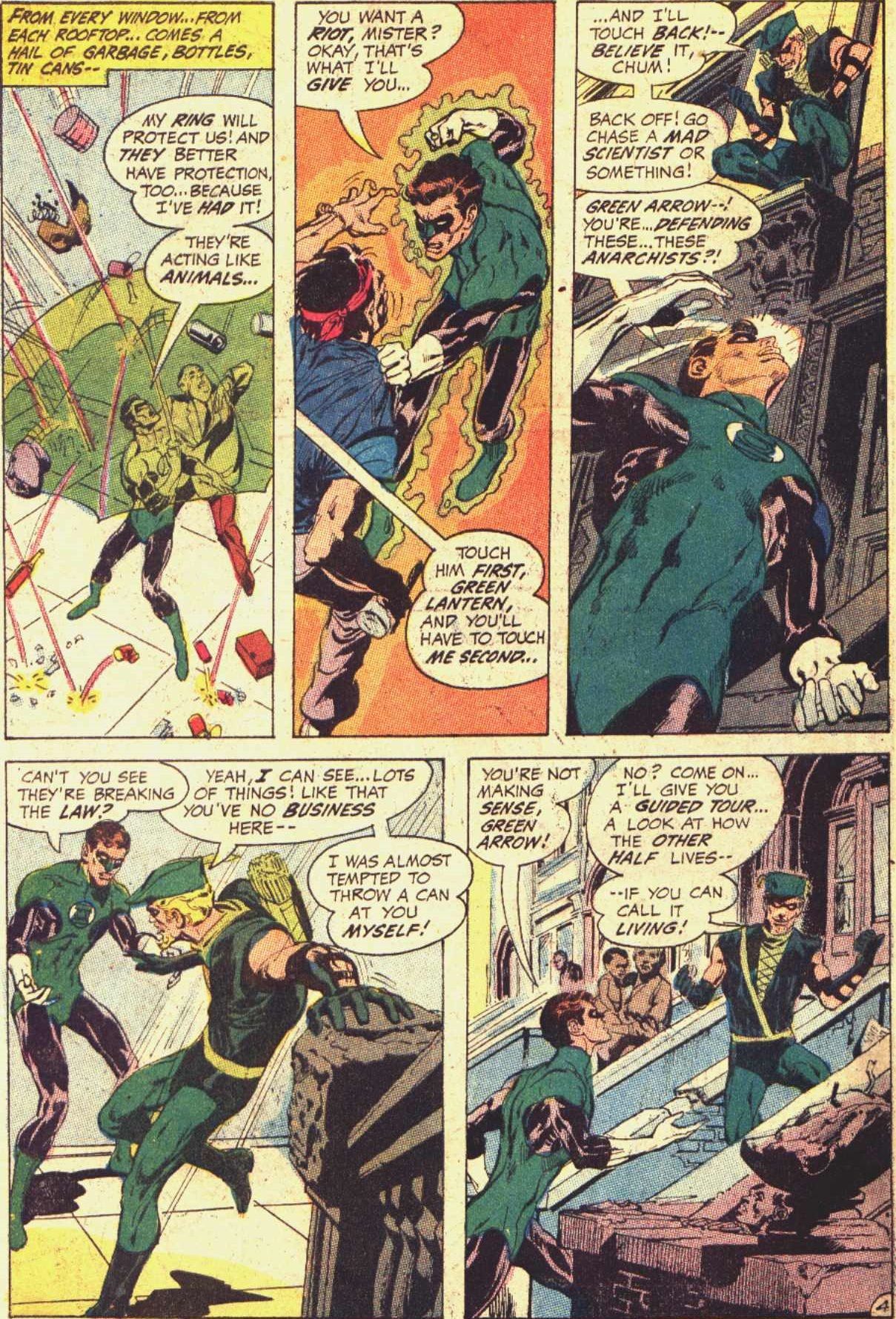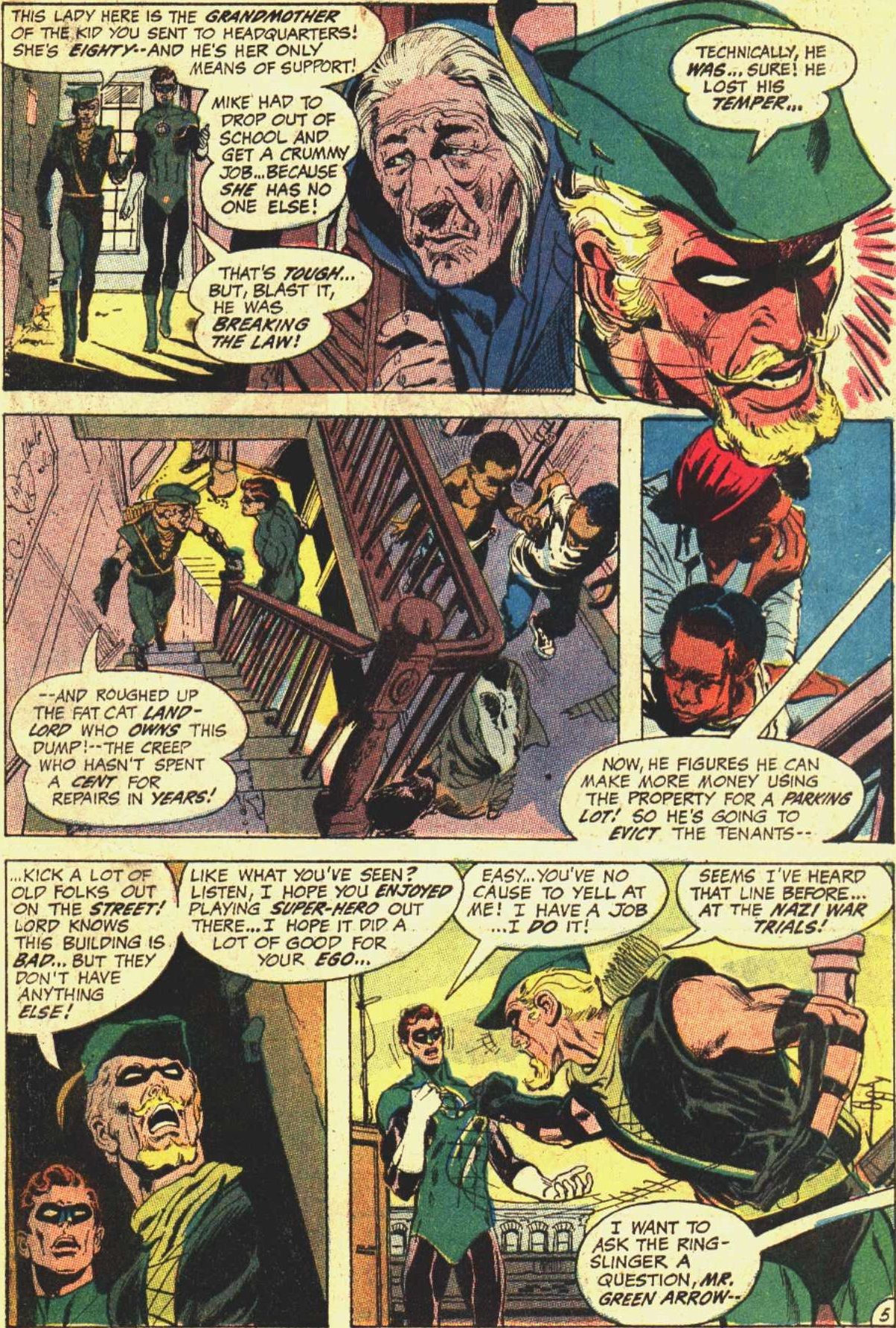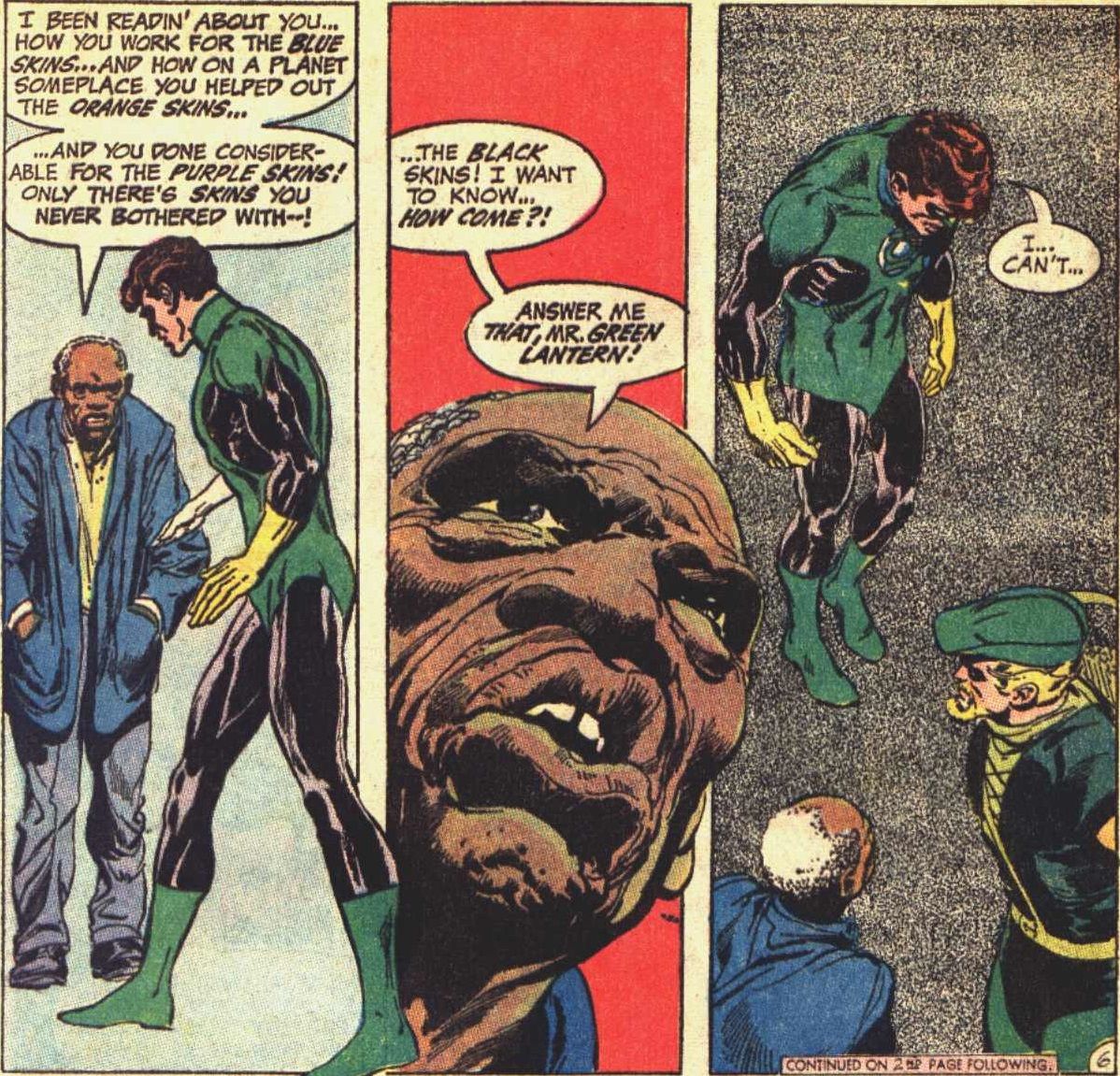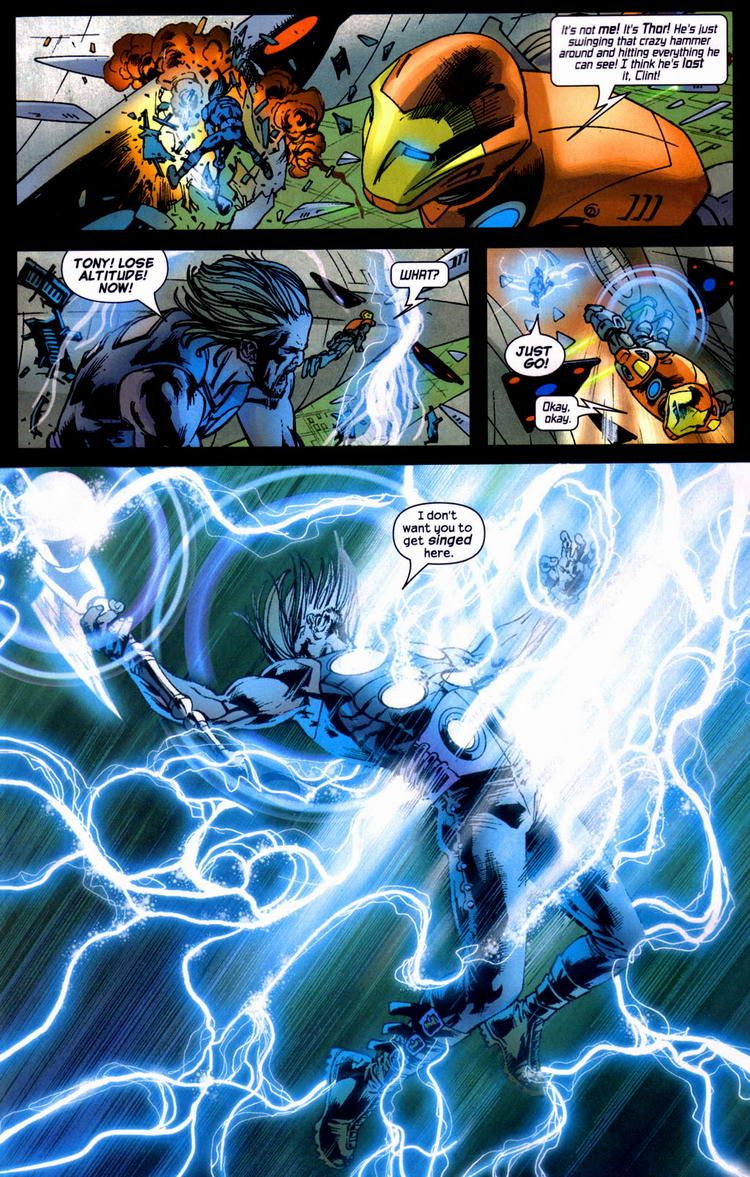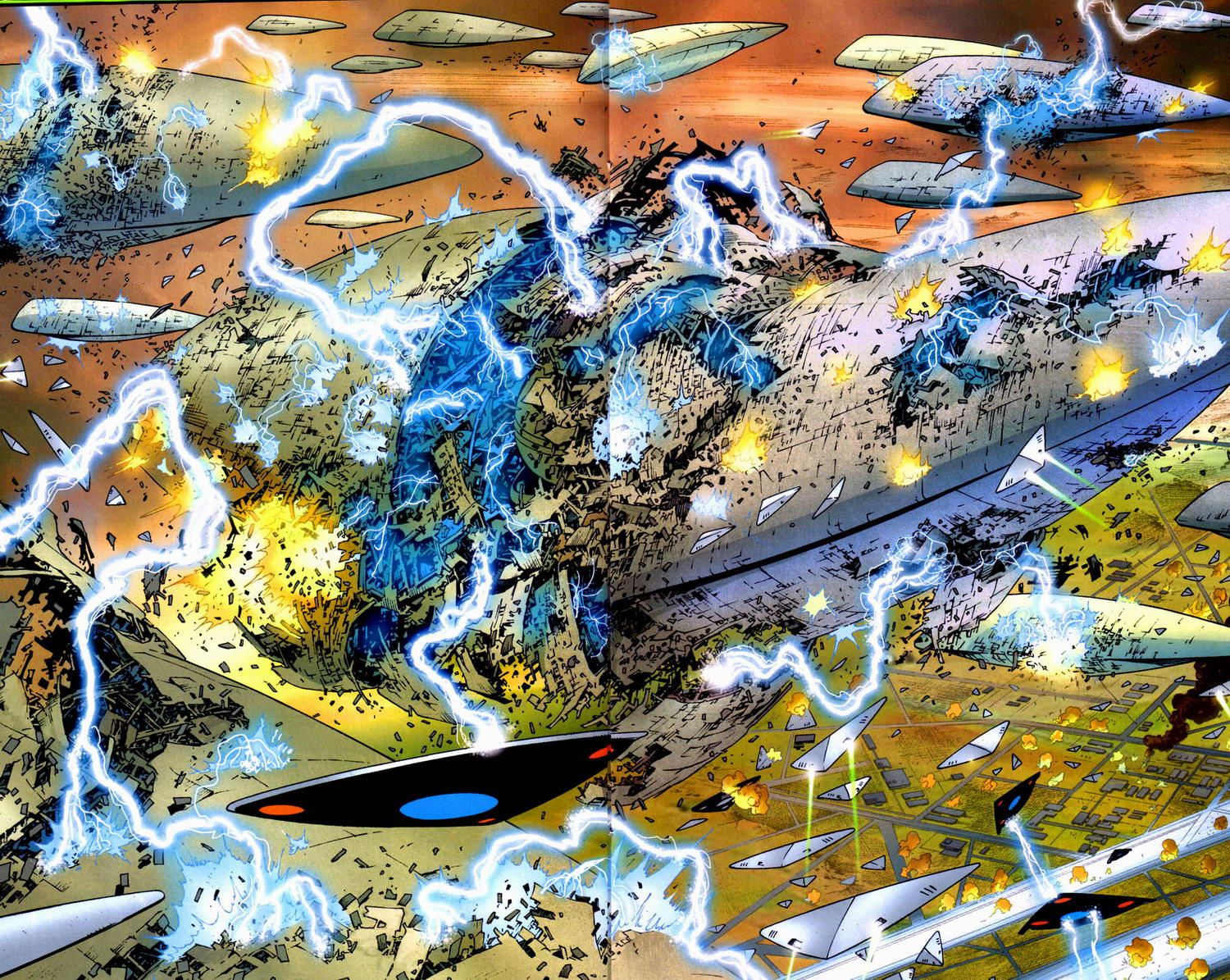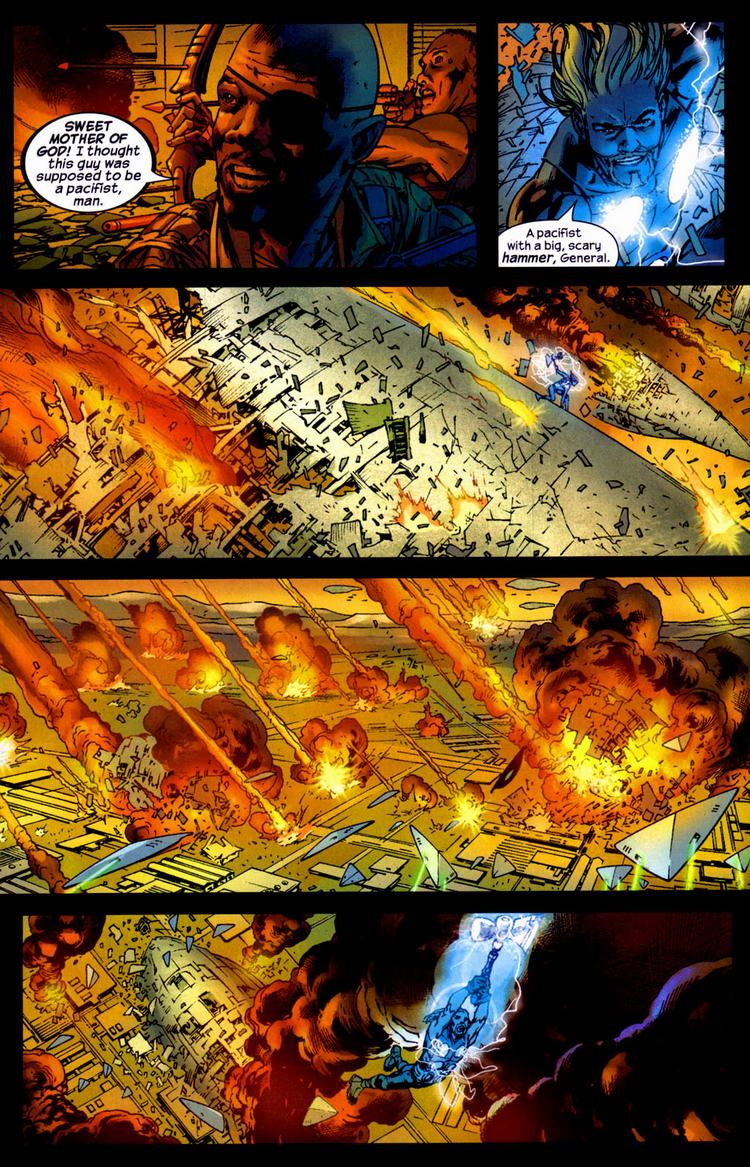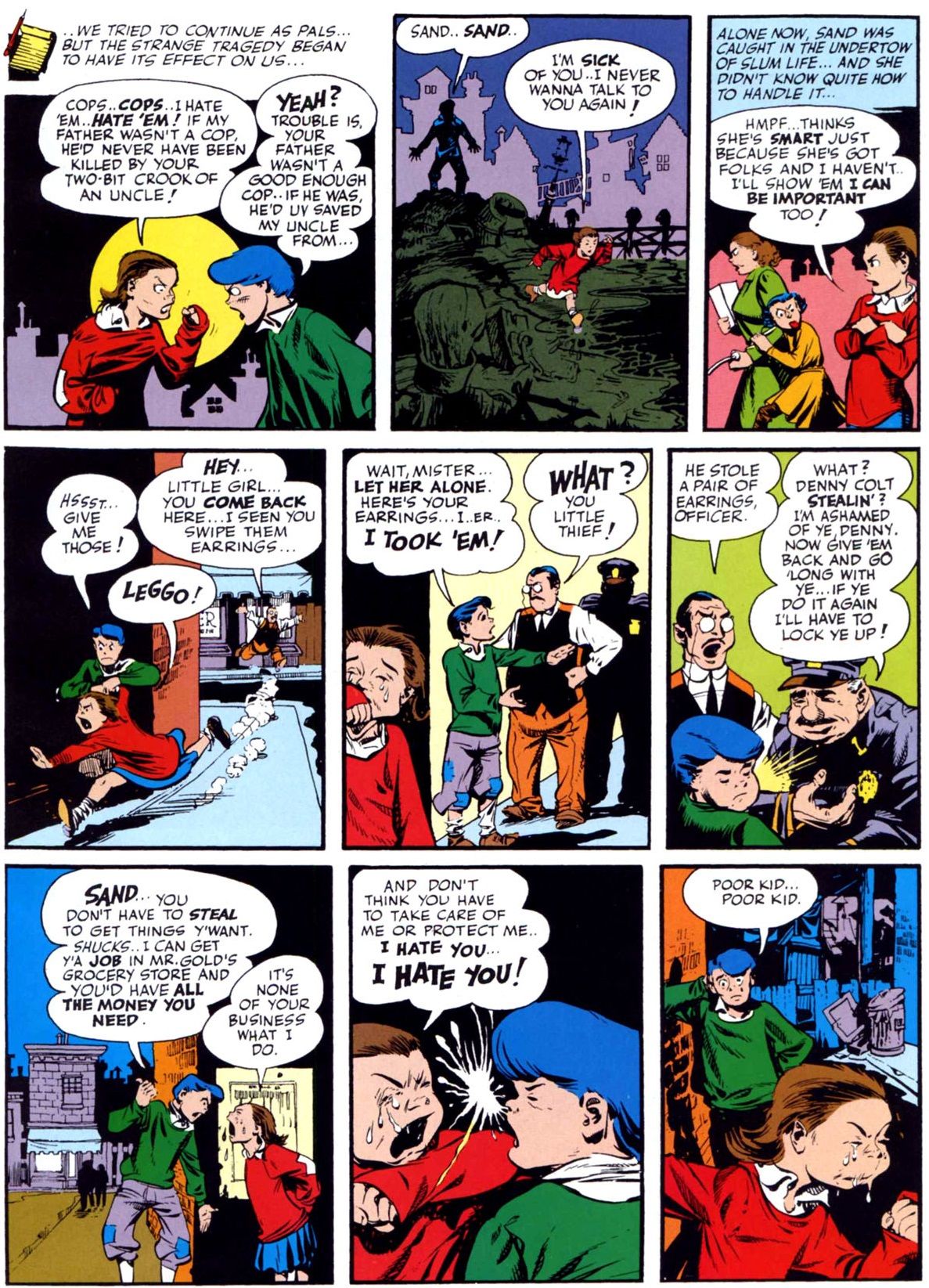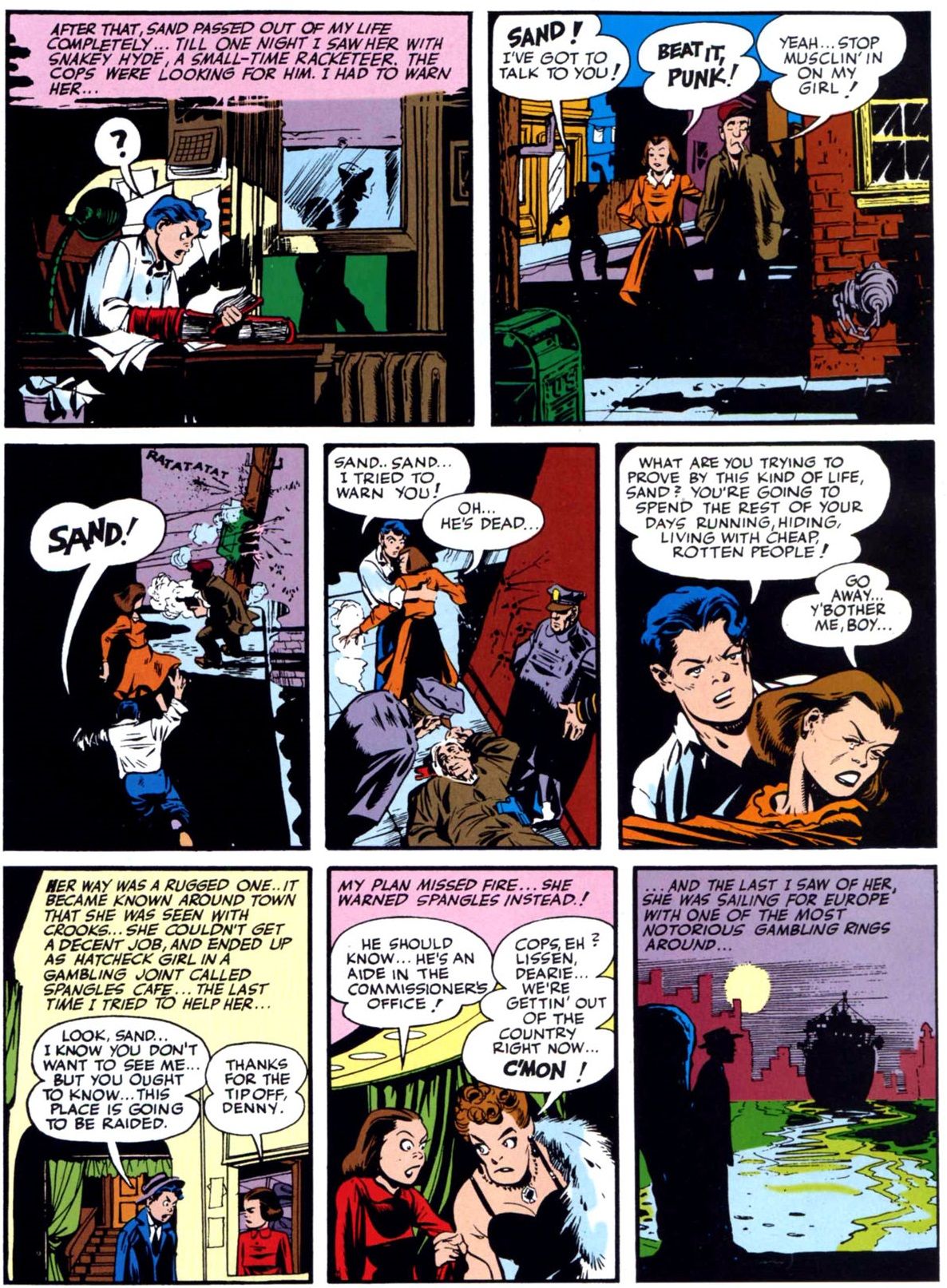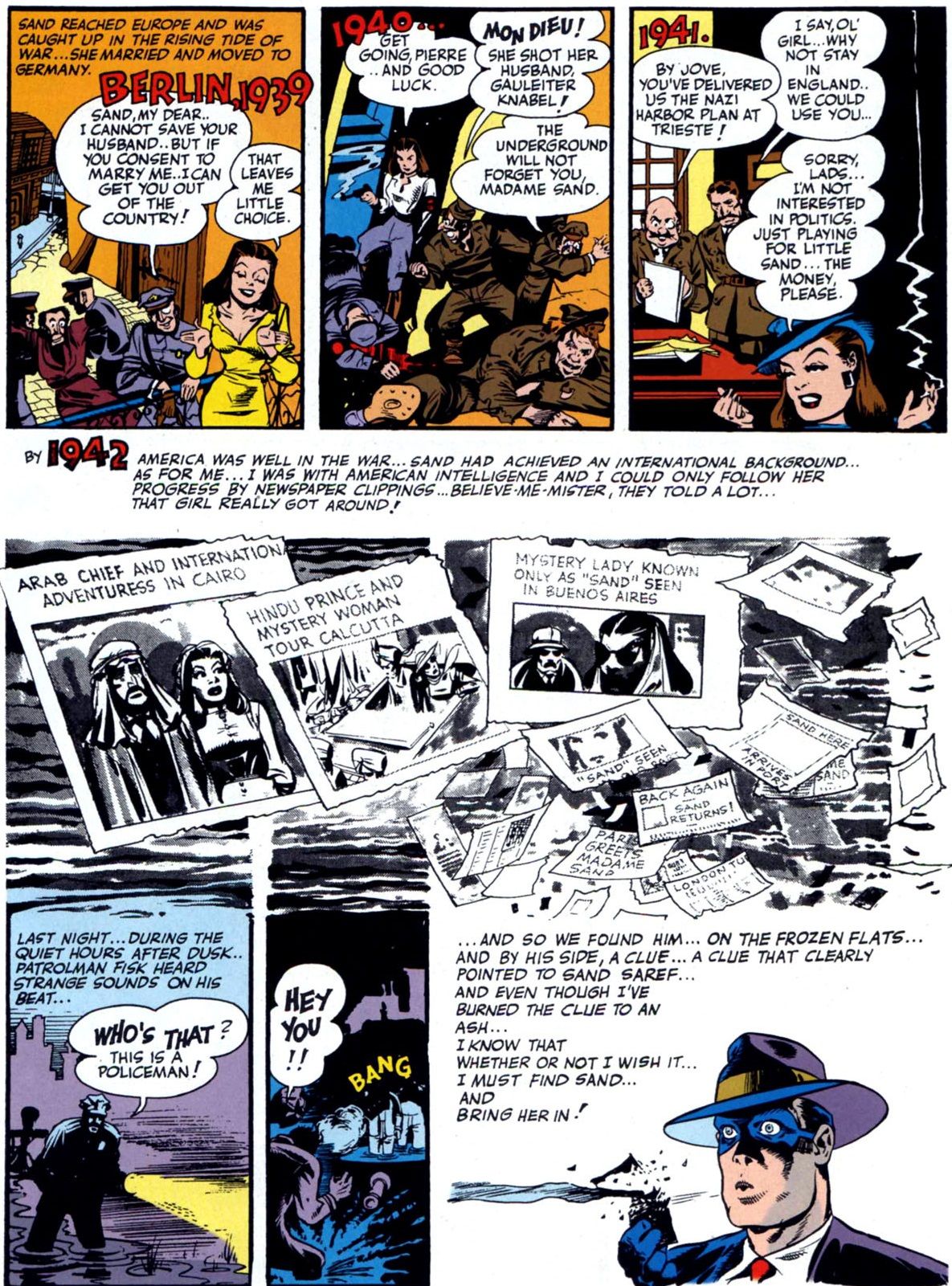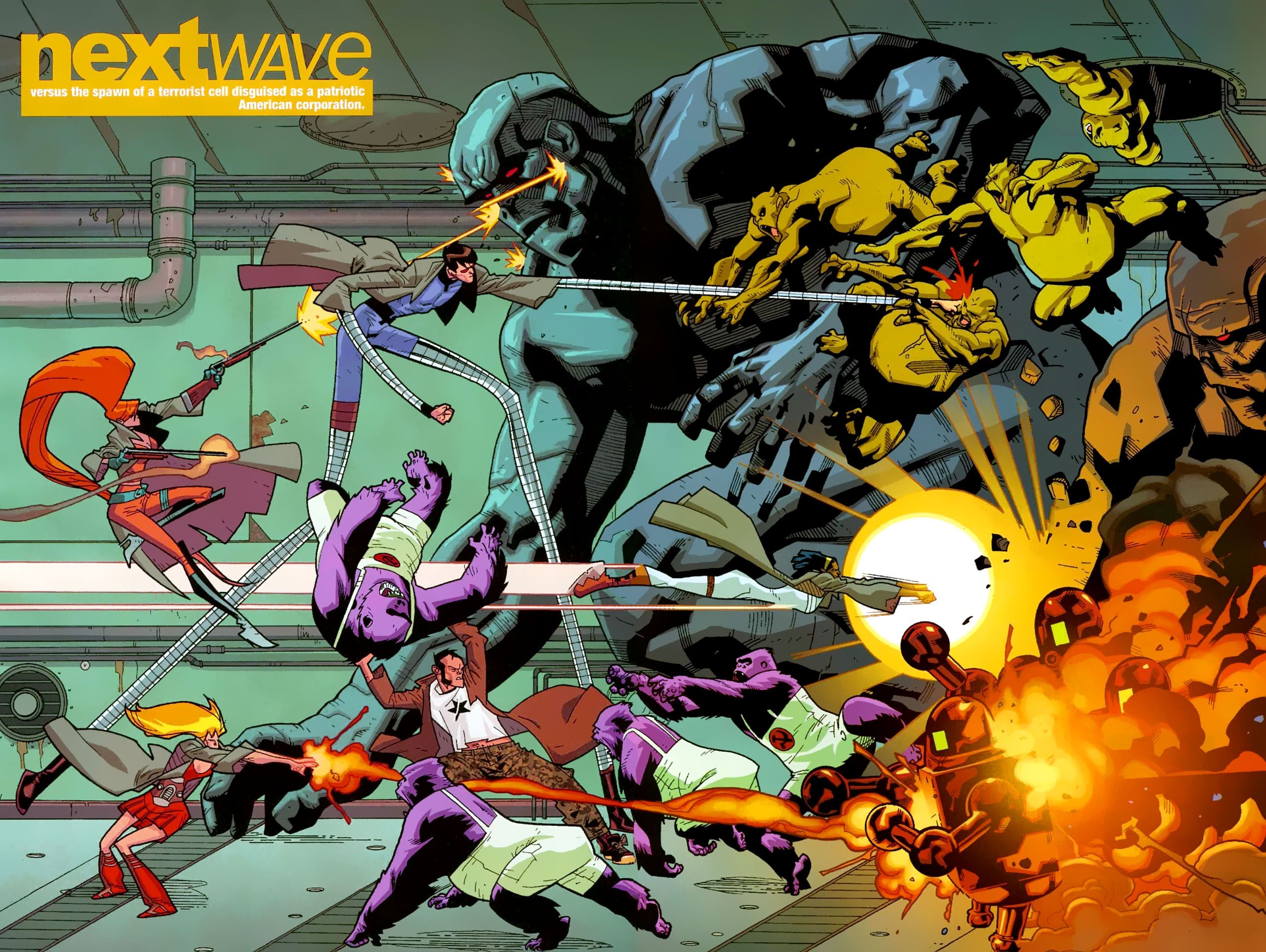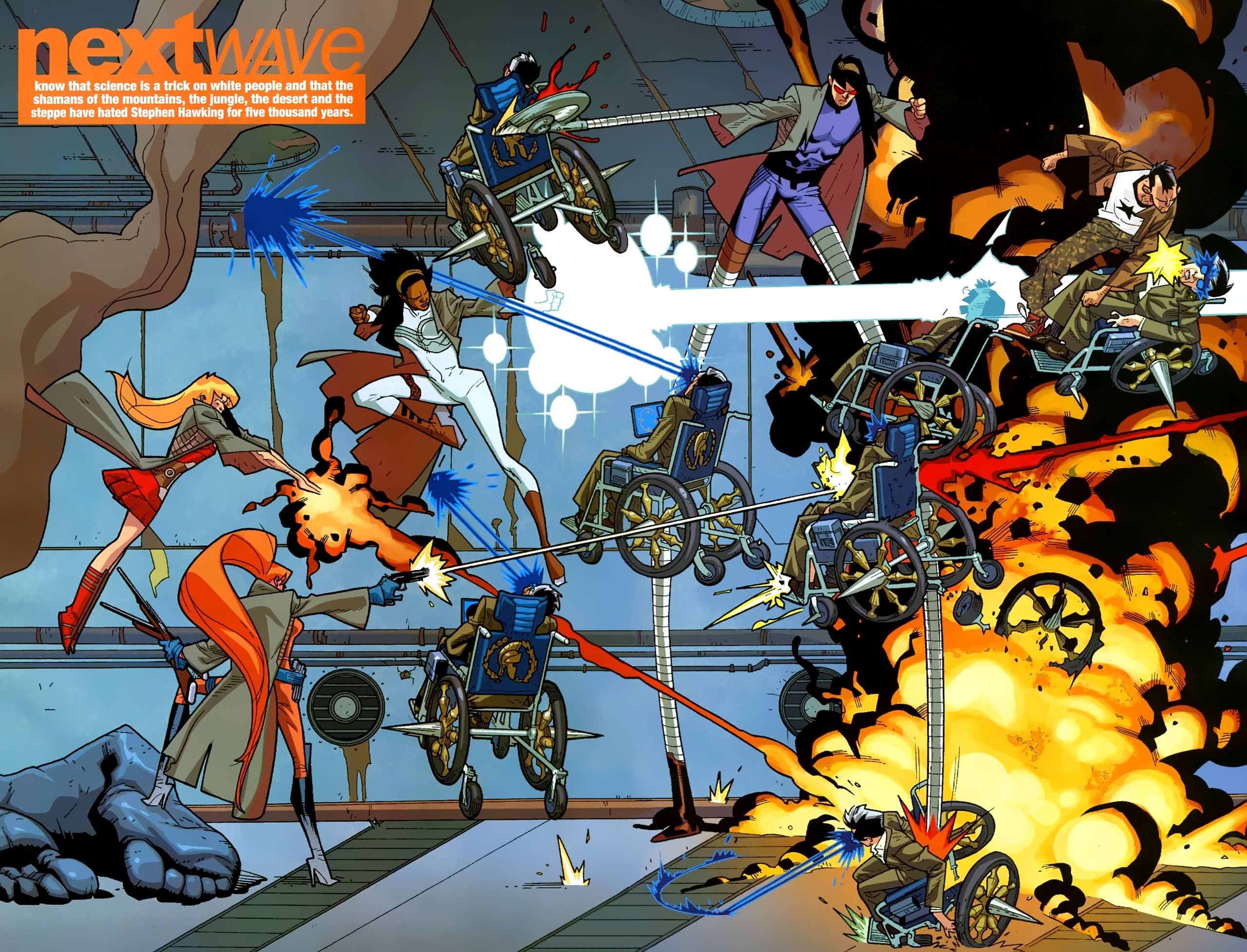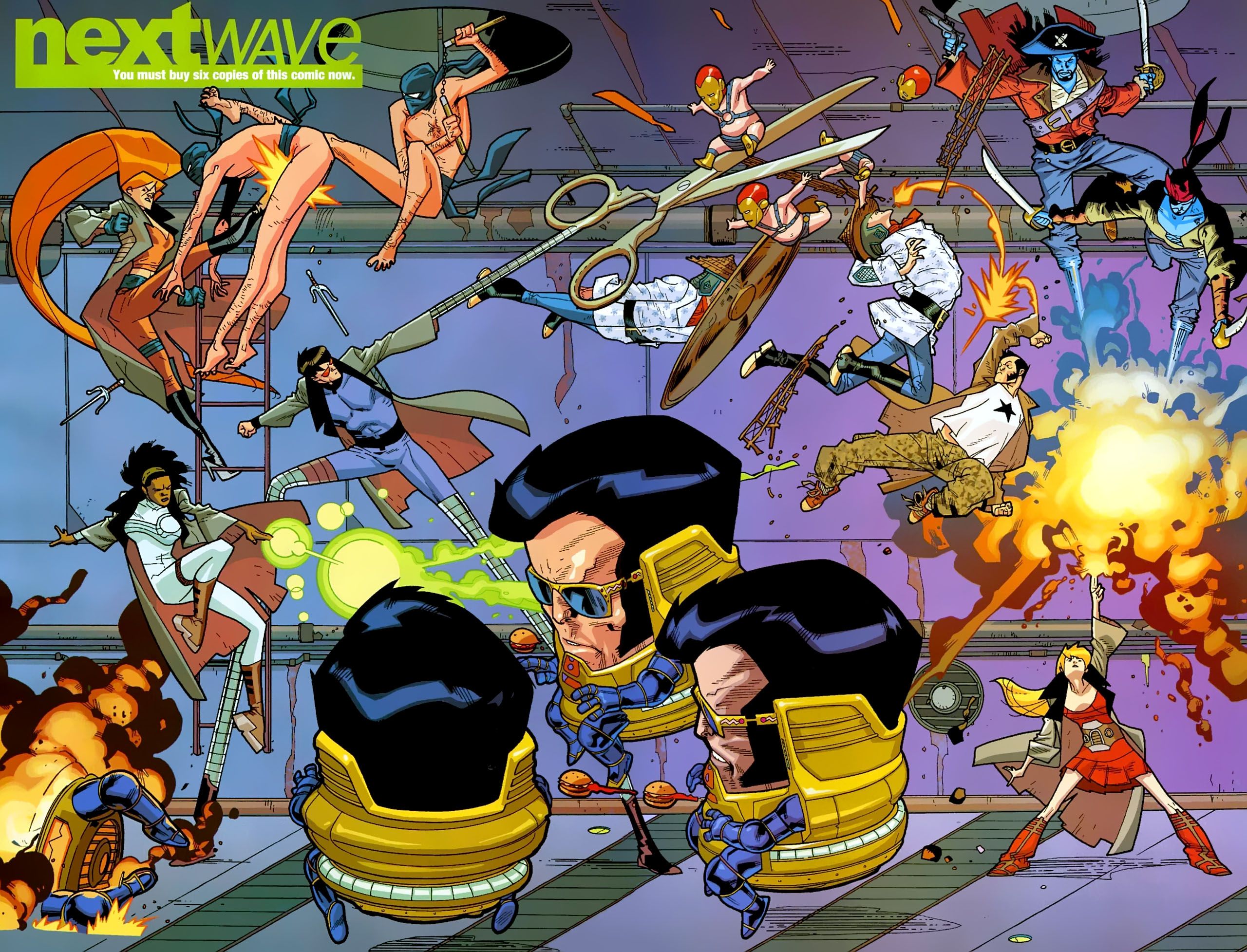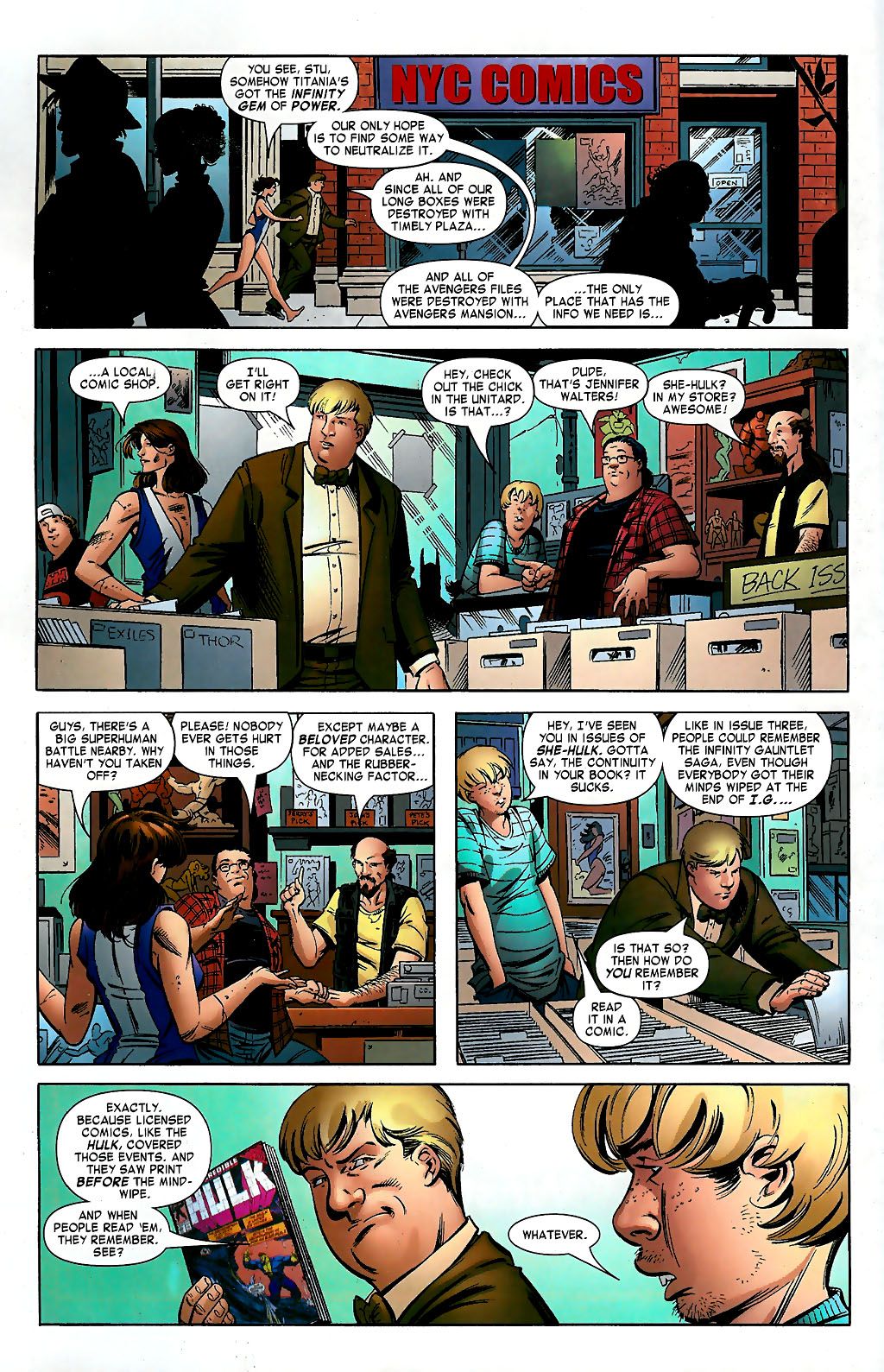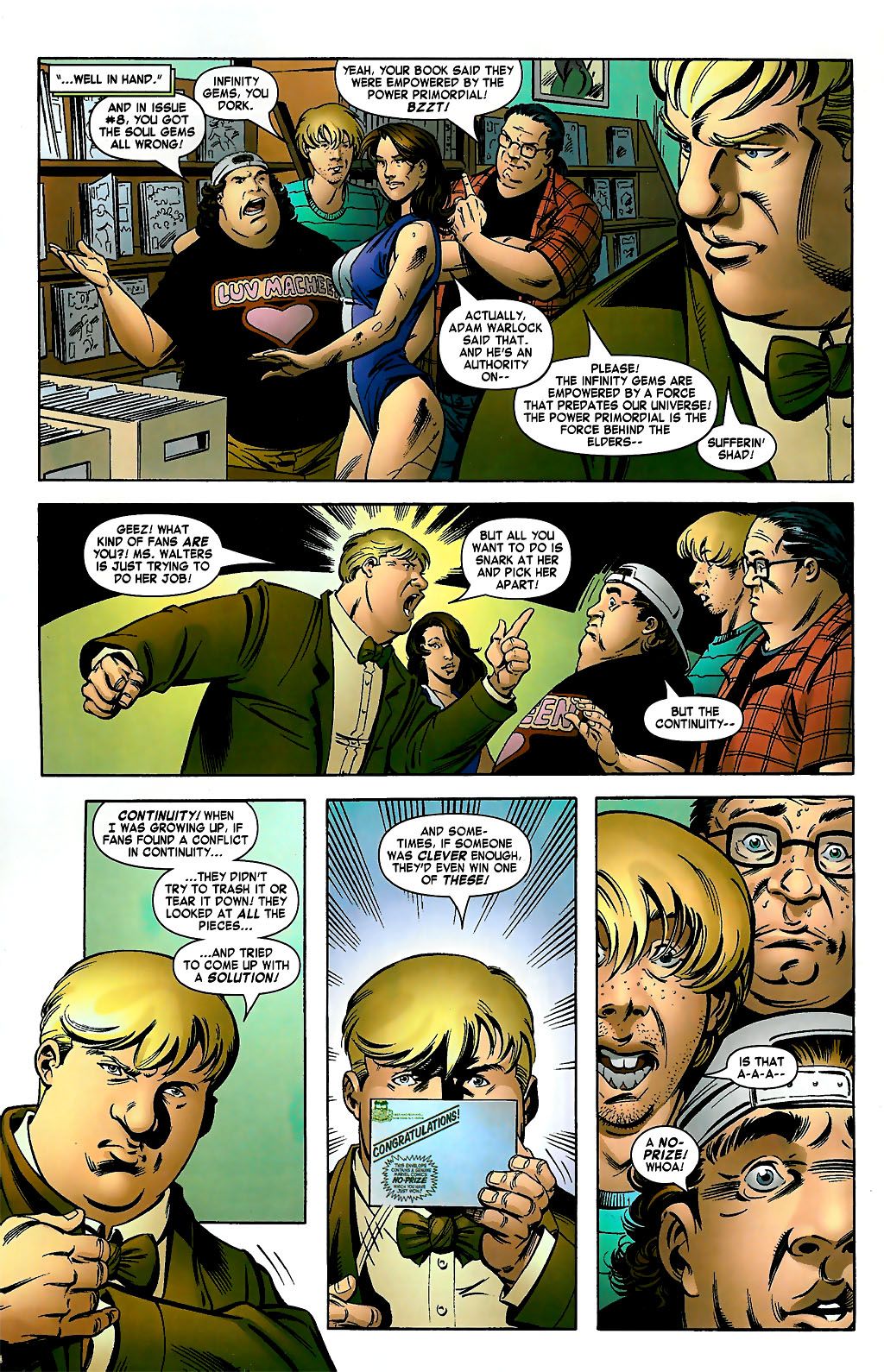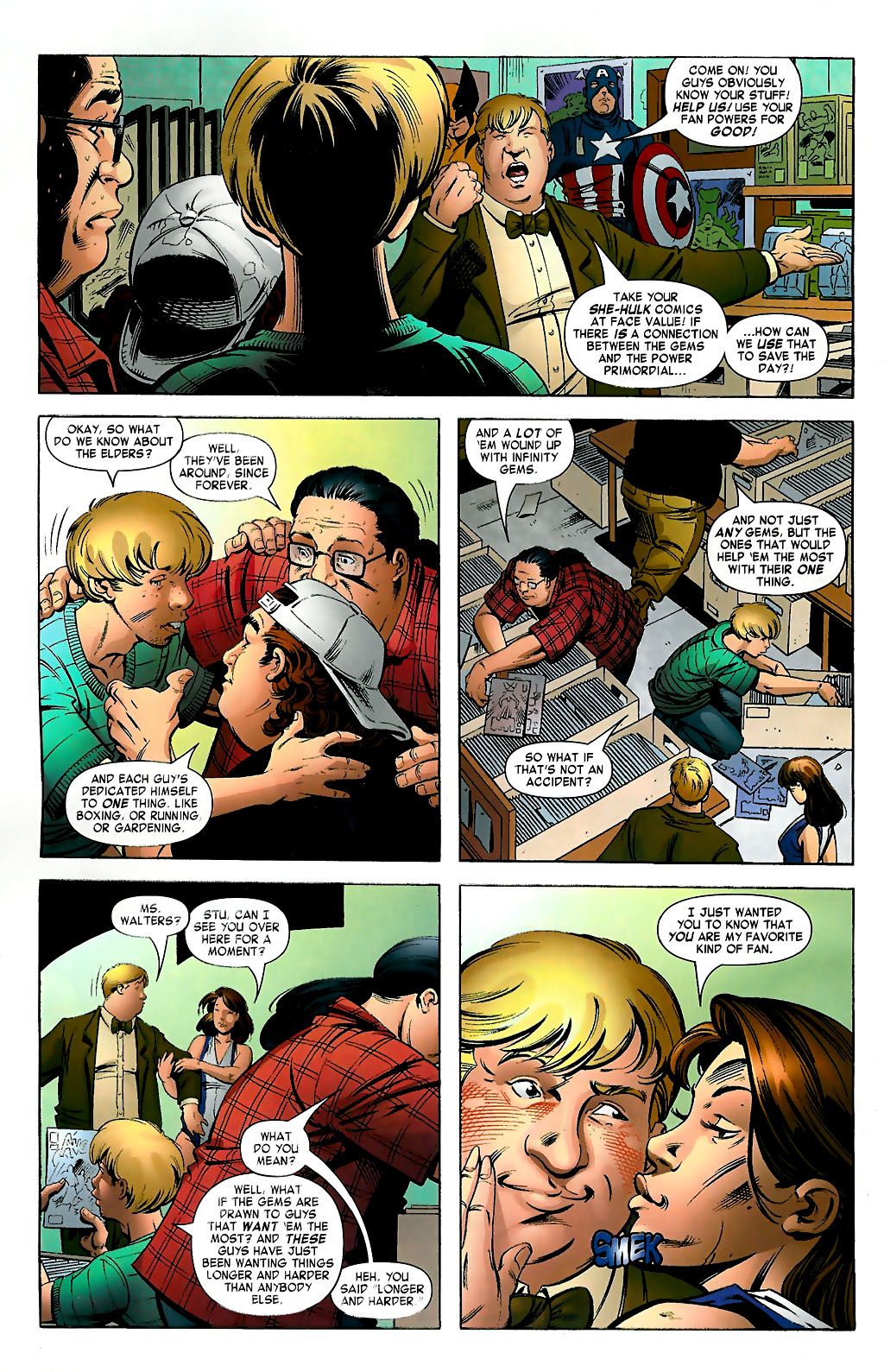You voted, and now, after over 1,000 ballots were cast, here are the results of your votes for your favorite comic book creator runs of all-time (this is the third time we've done this countdown. We're on an every four year schedule)! The top ten will be posted this first day and I'll post at least ten more runs a day (some will have twenty!) until we reach the conclusion right before the Christmas break!
To recap, you all sent in ballots ranking your favorite runs from #1 (10 points) to #10 (1 point). I added up all of the points and here we are!
100. Kieron Gillen and Jamie McKelvie's "Wicked + Divine" - 86 points (4 first place votes)
"Wicked + Divine" #1-24 (ongoing)
"Wicked + Divine" is an ongoing Image Comics series by writer Kieron Gillen and artist Jamie McKelvie that examines a world that has a group of gods called the Pantheon who are reincarnated every ninety years. They live for two years and then the cycle begins again. Naturally, the world is fascinated with these gods, and treat them like modern pop stars, only more so. Of course, along with all of that adoration comes people who hate them and want to punish them.
We see this right off the bat in the first issue where a reporter is grilling one of the gods, Luci (short for Lucifer) when an attack occurs...
Our focal point to start is a young fan who slowly gets more and more involved into the world of the Pantheon until she becomes one herself. Obviously, there are mysteries and hidden agendas and all sorts of good stuff that comes from a writer as complex and illuminating as Kieron Gillen. The art from Jamie McKevlie is fantastic, as always - his sharp and clear figures gives everything a nice sense of clarity, which is juxtaposed against the sheer complexity of the story.
99. Jason Aaron and R.M. Guera's "Scalped" - 90 points (3 first place votes)
"Scalped" #1-60
"Scalped" was a brilliant crime drama from Jason Aaron and R.M. Guera that told the story of an FBI agent named Dashiell Bad Horse who is sent undercover in the reservation that he grew up in to take down the chief of the reservation, Lincoln Red Crow.
"Scalped" was a character-driven work, and one of the ways "Scalped" let the characters drive the narrative was continually playing various characters against each other and in and out of various roles. Does character A belong in this box or this box? Where each of the characters end up from the start of the series is at first glance quite surprising, but the more you learn about these people the more their final decisions make sense. It is a great testament to Aaron’s skills as a writer that he naturally evolved all of these characters and gave them such great depths that all of their decisions were well within their respective character arcs.
Clearly, the most important relationship in the series is that between Lincoln Red Crow and Dashiell Bad Horse.
Red Crow is likely the most fascinating character in the series. Here’s a great moment where he gets introspective about just who Lincoln Red Crow IS (as he realizes he cannot accept the responsibility to watch over the soul bundle of the woman that he loved, which would have required him to forgo killing for a year)…
Guera’s a brilliant artist, as his noir art style perfectly evoked the feelings Aaron was going for in each issue. Aaron was lucky to have a nunber of good fill-in artists, as well. Plus, Jock and John Paul Leon KILLED it on the covers of this series.
Much like Garth Ennis, Aaron’s talents in this series lie in getting you to become invested in these characters so that when the screws are turned on them you have a visceral reaction. Scalped has some of the most haunting stories. Like the tale of Red Crow’s daughter and her sad, dark relationship with Dashiell. Or the poignant, heartbreaking plot of “Dead Mothers” (the scene of a group of siblings instinctively tearing up the hamburgers given to them by some police officers because that’s how they have learned to get by living with their crack addict mother is disturbingly realistic – their reaction when they realize that they EACH get a hamburger is startling). This is not a series for the faint of heart, but if you want interesting stories that all build on the stories that precede them, great characters, strong relationships and intriguing plot twists - then this is the series for you.
98. Daniel Clowes' "Eightball" - 92 points (1 first place votes)
"Eightball" #1-23
"Eightball" was Daniel Clowes’ long-running comic book series (published by Fantagraphics) where Clowes used to house his trademark offbeat examinations of the human spirit. For most of "Eightball"’s run, individual issues served as parts of stories that would be collected into graphic novels. Perhaps most famous was "Eightball" #11-18, titled "Ghost World," which viewed the life of a disaffected young woman named Enid. It was adapted into an acclaimed film, as was an earlier Eightball story titled "Art School Confidential."
In this excerpt from "Ghost World," Enid and her friends discover that detachment is not always what it is cracked up to be…
After another three issues of "Eightball" were collected into the acclaimed graphic novel, "David Boring," the final two issues of "Eightball" were basically graphic novels in and of themselves. Since he had begun essentially just doing graphic novels, Clowes decided to just end "Eightball" and officially just do individual graphic novels from now on.
97. Joe Kelly's "Deadpool" - 94 points (4 first place votes)
"Deadpool" #1-33
While Deadpool was popular enough to receive a pair of mini-series in the early 90s, it was still a bit surprising when Deadpool was given his own series, but within a year or so, Joe Kelly’s "Deadpool" was an acclaimed series.
The original artist on the book was Ed McGuinness, in one of his very first comic assignments. Later artists included Pete Woods and Walter McDaniel.
Kelly played Deadpool up for laughs, including one of the funniest single issues you’ll see, where Deadpool (and his “hostage,” Blind Al, an elderly blind woman) travels back in time…to an issue of Amazing Spider-Man!! Through Deadpool, Kelly plays Mystery Science Theater 3000, of sorts, on an old issue of Stan Lee and John Romita’s Amazing Spider-Man.
Classic comedy.
During his run, Kelly did a great job making Deadpool’s supporting cast interesting. He introduced the aforementioned old blind woman named Blind Alfred who apparently was being kept hostage by Deadpool, even though they seemed like friends. Kelly also increased the role that Deadpool’s weapons supplier, Weasel, had in the title.
The book was amusing, but Kelly also would bring in drama from time to time, particularly the notable Annual where we learned the meaning behind Deadpool’s name – when he was being experimented on by Weapon X, fellow prisoners would often bet on who would die next, since Deadpool had regenerative powers, they all knew he would likely never die, so he was the king of the “dead pool.”
Kelly wrote "Daredevil" at the same time as "Deadpool," so he intertwined a lot of the same plots and characters, including having Deadpool win Matt Murdock’s seeing eye dog in a poker game and naming him Deuce the Devil Dog. Also, Typhoid Mary was a major character in "Deadpool," too.
During Kelly’s tenure on the book, the sales were never exactly stellar, and the book was actually canceled TWICE during Kelly’s run, only to be brought back from cancellation by fan support BOTH times.
The second time, though, was enough for Kelly. As you might imagine, it’s not fun to work on a title that was canceled out from under you, only to have it brought back (so you have to suddenly come up with a new storyline), only for it to be canceled AGAIN, so Kelly took the second cancellation as his cue to leave.
96. David Michelinie and Bob Layton's "Iron Man" - 95 points (2 first place votes)
"Iron Man" #114-157
When David Michelinie and Bob Layton took over the writing chores on "Iron Man," it was in the middle of a storyline – so they were not even in control of the plot they were writing. By the time they left the book, however, they had more than made their stamp on the title.
Easily the most memorable aspect of their run was their storyline where they had Tony Stark develop a problem with alcoholism. The “Demon in a Bottle” storyline was one of the most notable stories of the 1980s, resulting in one of the very first trade paperback collections (along with Dark Phoenix Saga) of a modern comic book story.
If all they did was the “Demon in a Bottle” story, Layton and David Michelinie’ would be notable, but their run had plenty of other notable stories, highlighted throughout by strong artwork, first by John Romita Jr., and eventually by Bob Layton himself.
Even before he began penciling the book, Layton’s strong inks gave the book a consistent feel, no matter who was drawing the book.
Their run had a great deal of memorable action stories, as the pair attempted to develop Tony Stark more, and in doing so, developed a new creation of theirs, Stark pilot and friend, James Rhodes. Rhodey would become important during their run, and would become even MORE important after they left, as he would fill in for Tony as Iron Man for awhile. Besides Rhodey, the writing pair stressed Tony’s ass-kicking girlfriend, Bethany Cabe.
During the run, Michelinie and Layton also introduced Justin Hammer, the rich industrialist who was secretly funding all the low-level supervillains who used technology for their powers.
Towards the end of their first run (they would return four or so years after they left for an extended second run, during which they would have the noted Armor Wars storyline, and debuted a new Iron Man armor), Layton and Michelinie had one of their most notable stories, which was just reprinted this past week (and a sequel to the story is due out next week), where Iron Man and Doctor Doom were trapped in the time of King Arthur. It was a total classic.
Just like their run.
95. Denny O'Neil and Neal Adams' "Green Lantern" - 96 points (3 first place votes)
"Green Lantern" #76-87, 89, "Flash" #217-219 (as a backup story)
It’s pretty much industry lore by now, about how Denny O’Neil and Neal Adams’ classic run on "Green Lantern/Green Arrow" was critically acclaimed, but did not sell that well, but what’s interesting is that, from a historical perspective, that probably helped us readers out a bit, as the relative poor sales resulted in the book remaining bi-monthly, which allowed Adams to hit his deadlines, which allowed Adams to draw the whole run, which likely would have been impossible if the book was popular enough to make the book a monthly title. See? Silver linings, people!! Silver linings!!
"Justice League" writer Denny O’Neil was inspired by the new costume Neal Adams gave Green Arrow in the pages of the Brave and the Bold, so O’Neil decided to give Green Arrow a new personality to match his new duds, having the archer lose his fortune and become socially conscious.
Figuring they landed on an interesting idea, O’Neil and Adams teamed up to add Green Arrow to the pages of Green Lantern’s title, teaming the social conscious Green Arrow with the more conservative Green Lantern. This began in a dramatic sequence where Green Lantern saves a slumlord and is surprised by the reaction…
Ultimately, O’Neil sends the pair on a trip around America, where O’Neil and Adams were able to come up with a number of topical discussions (or, at least, more topical than a typical comic book of the day).
The comic was unlike anything else attempted at the time, and has been the basis for a number of stories ever since, especially the storyline where Green Arrow’s sidekick Speedy is revealed to be using drugs.
As noted before, the book did not sell that well and the stories ended up being backups in "Flash" for a time before ending period.
A few years later, O’Neil picked the series up again, with artist Mike Grell, but this time the stories were standard superhero stuff.
94. Mark Millar and Bryan Hitch's "Ultimates" - 98 points (2 first place votes)
"Ultimates" #1-13, "Ultimates" 2 #1-13
"Ultimates" is essentially a post-modern take on the Avengers, with all of the characters filled with all sorts of neuroses, while the realistic artwork of Bryan Hitch helps to show what it would look like if there were actual superheroes in the world.
Captain America is recovered at the end of the first issue, and he is brought in to lead a team of superheroes, consisting of Iron Man, Giant Man and the Wasp.
Nick Fury, head of SHIELD, is also involved.
The book is noted for its widescreen action, courtesy of Bryan Hitch (taking the same style he used to such great effect on "The Authority"), and the soap opera drama that occurs throughout the series, such as when Giant Man physically abuses his wife, the Wasp, and is thrown off the team. When Bruce Banner turns into the Hulk and goes on a rampage in New York, the team is forces to go into action for the first time against one of their own colleagues! This is when Thor joins the team, although through odd means.
The rest of the series involves an alien invasion, and the addition of new members, Hawkeye, Black Widow, Scarlet Witch and Quicksilver.
Check out the over-the-top action Hitch draws so well…
Writer Mark Millar ramps up the drama in the second volume, as doubts have been raised as to whether Thor is a real god, or if he is just insane. Meanwhile, there is a traitor in the Ultimates’ midsts, and another invasion is coming – this time from other countries on Earth.
The finale ended with some beautiful Bryan Hitch artwork. Millar later returned to do a few sequels, now starring a Black Ops version of the Ultimates.
93. Will Eisner's "The Spirit" - 100 points (6 first place votes)
"The Spirit" Newspaper Strips 1940-1942, 1945-1950
"The Spirit" was an example of the comic strip business trying to cash in on the comic book business, and Will Eisner provided them with their way in, with his Spirit, which was a seven-page comic book that came as part of the comic book funnies section of the paper for over a decade (although Eisner did not work on the strip the whole time).
The Spirit was Denny Colt, a private investigator who was thought murdered, but was actually just in a state of suspended animation. Now thought dead, Colt put on a domino mask and fought crime as The Spirit!
During his run on "the Spirit," Eisner developed many techniques that would become commonplace in comics of the future, most notably his stylistic double-page spreads, but also his more adult-themed sense of storytelling. Eventually each issue of "The Spirit" had Eisner work the title of the comic into the story in some way or fashion, often with amazing results.
The stories in "The Spirit" were mostly noir crime fiction, but Eisner experimented with all sorts of different stories, from horror to romance to comedy to mysteries.
When Eisner went into the Armed Services during World War II, a number of ghost-artists kept up the series for him. He returned to the strip after the war. In one of his most classic strips, he introduced the love of the Spirit’s life, Sand Saref…
Eisner gave up the strip in 1950. Wallace Wood drew the strip for the last year, and he got REALLY adventurous, with the story barely resembling Eisner’s early work.
"The Spirit" may be the most influential comic book ever, in terms of artistic techniques.
All "The Spirit" stories have been collected into trades.
92. Warren Ellis and Stuart Immonen's "Nextwave: Agents of HATE" - 101 points (3 first place votes)
"Nextwave" #1-12
"Nextwave" is ostensibly about a group of lesser known superheroes who find out that a Nick Fury knock-off is going around the country collecting Unusual Weapons of Mass Destruction that the heroes have to get to before he does.
And hilarity ensues.
Oh, does hilarity ensues.
With amazing artwork by Stuart Immonen and hilarious plots and dialogue by Warren Ellis, Nextwave was like riding a crazy roller coaster that you never want to get off of, although ultimately, you must, because hilarious action comics like Nextwave are rarely commercial successes, and the series ended after just 12 issues.
Ellis structured the series wonderfully, with the twelve issues consisting of six two-issue arcs.
One of the absolute hightlights was the battle in the penultimate issue where the team has to fight through a series of bad guys to get to the head bad guy. The series of bad guys are depicted in a series of double-page spreads where Ellis went insane with crazy ideas and Immonen was right there with him, matching his crazy ideas and actually depicting them beautifully. Here are three of them (My favorite villains are the Elvis MODOKs)
91. Dan Slott's "She-Hulk" - 102 points (2 first place votes)
"She-Hulk" (Volume 1) #1–12, "She-Hulk" (Volume 2) #1–21
When he was given the chance to launch a new "She-Hulk" series, writer Dan Slott tried an unusual approach. John Byrne had already famously done "She-Hulk" as a humor title with "Sensational She-Hulk," and Slott followed along those lines, but he decided to really highlight She-Hulk's status in the Marvel Universe as one of the best lawyers out there. He had her join a law firm that dealt with superhero matters.
As it turned out, comic books were accepted as evidence in legal matters in the Marvel Universe, so Slott would use this for a lot of amusing exchanges where he would almost talk directly to the audience...
Slott's exhaustive knowledge of the Marvel Universe was put to great use as She-Hulk dealt with all sorts of storylines involving various corners of the Marvel Universe. It was smart and it was funny and it was heartfelt. Luckily, soon after the original series ended, it returned for a new volume and Slott was right back at it, addressing various continuity issues from over the years in a charming fashion.
Slott even worked his leaving the title into the actual comic, as a character who was sort of the "Every man" character in the book got a chance to take on a new dream job, just like Slott when he was given the chance to write "Amazing Spider-Man."
Slott worked with a number of great artists on his "She-Hulk" series. The book did a great job always finding someone good to work with Slott. It was a really enjoyable series.
Okay, that's it for this batch of runs! Come back tomorrow for the next ten (or more!)!

